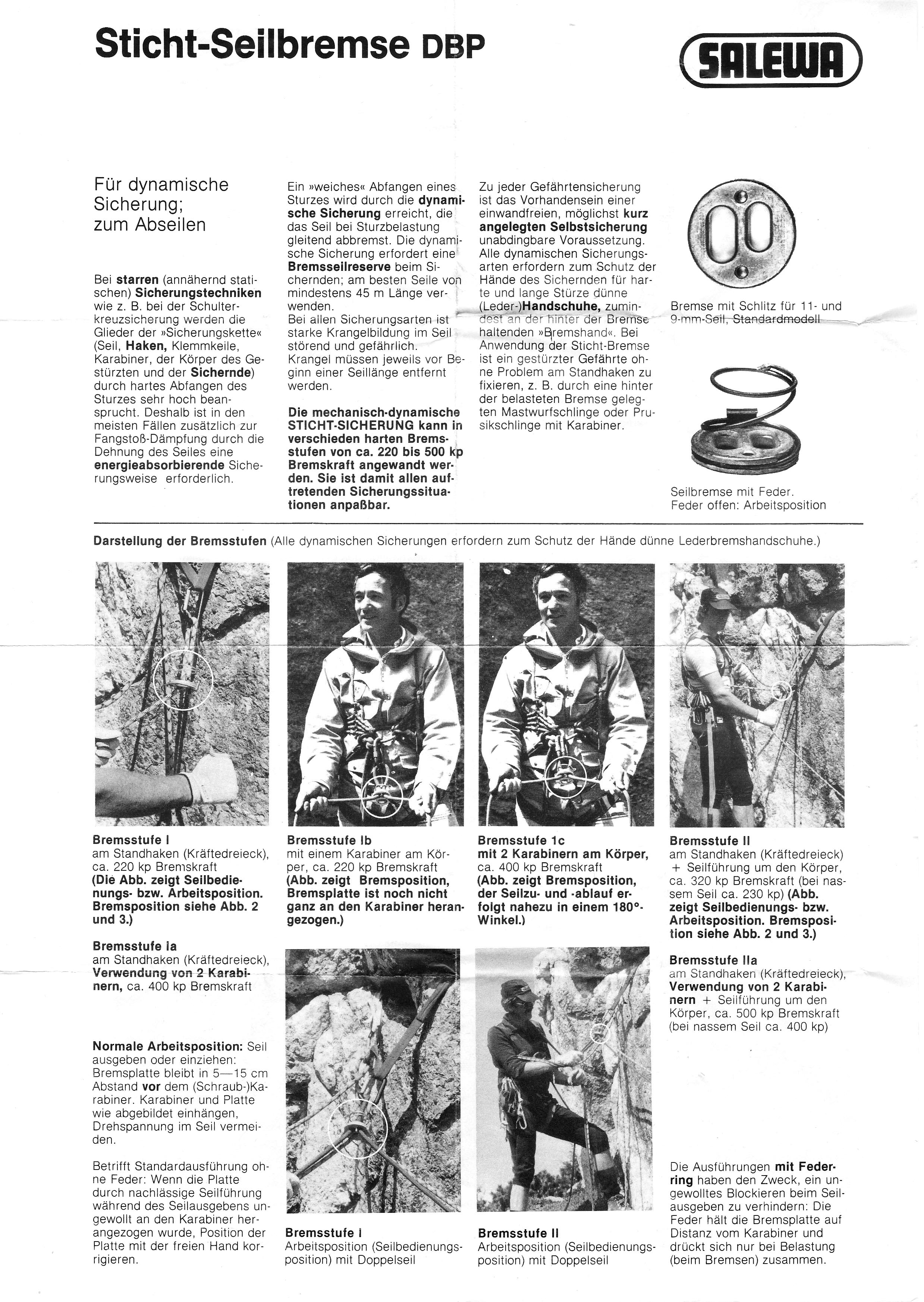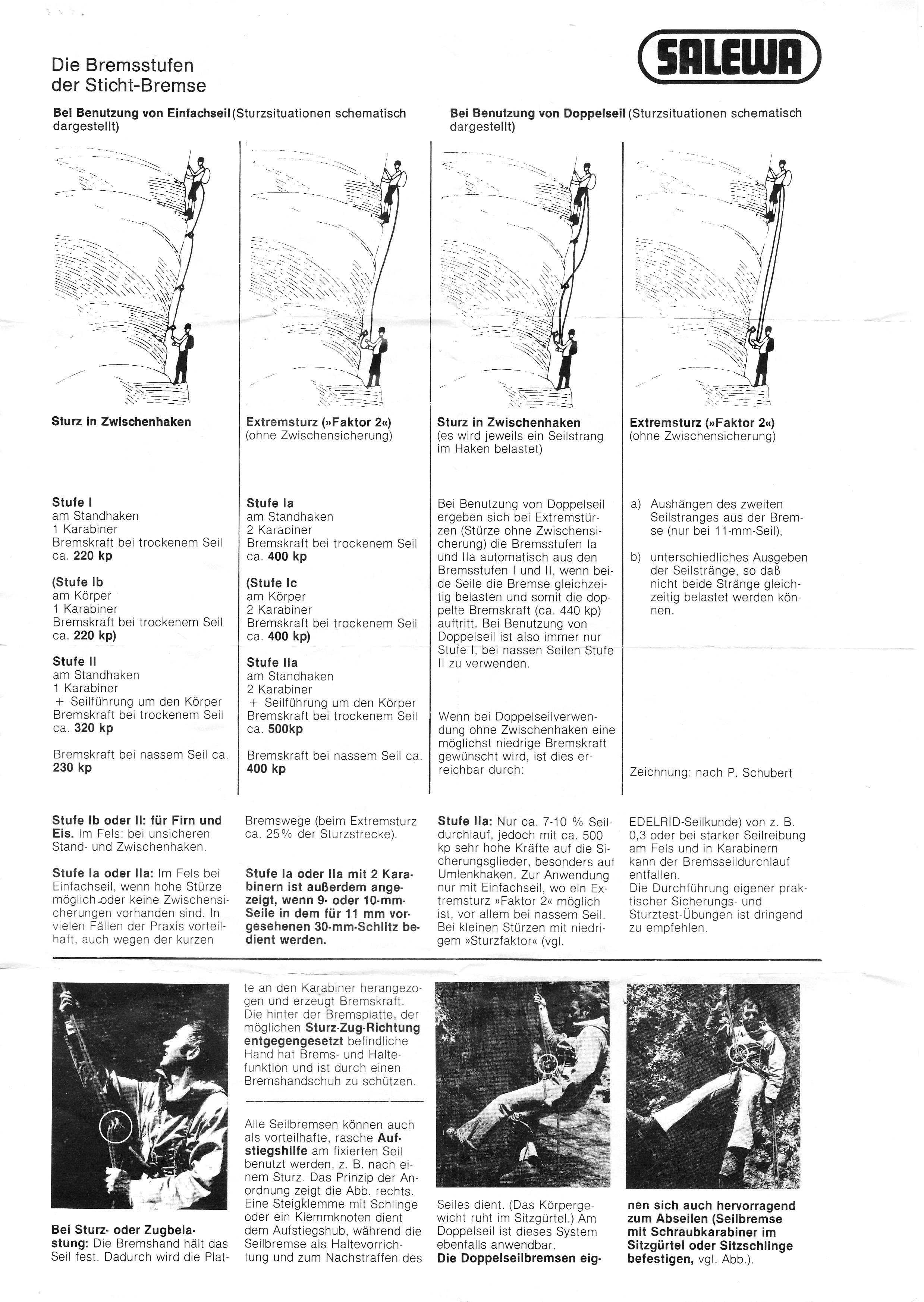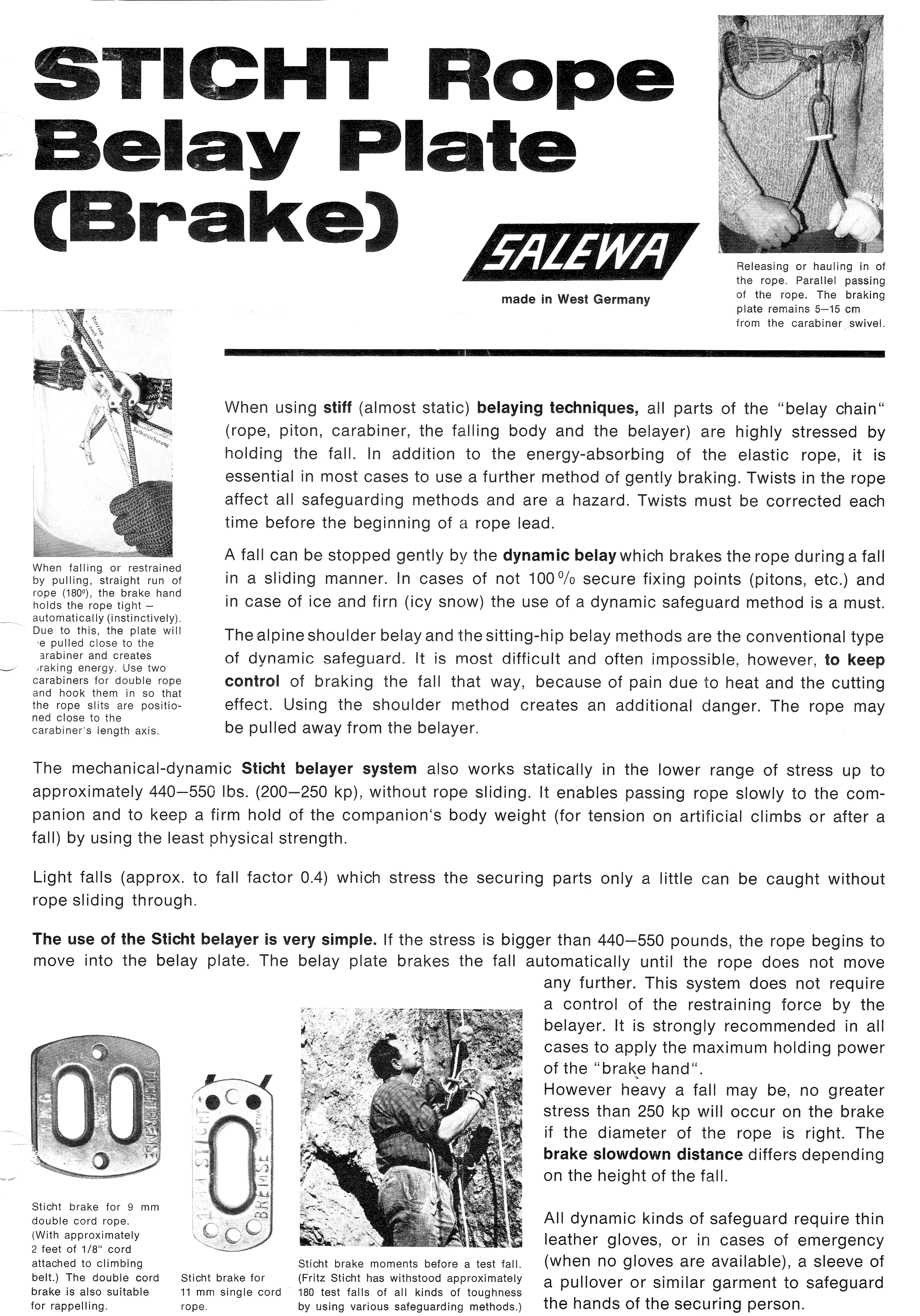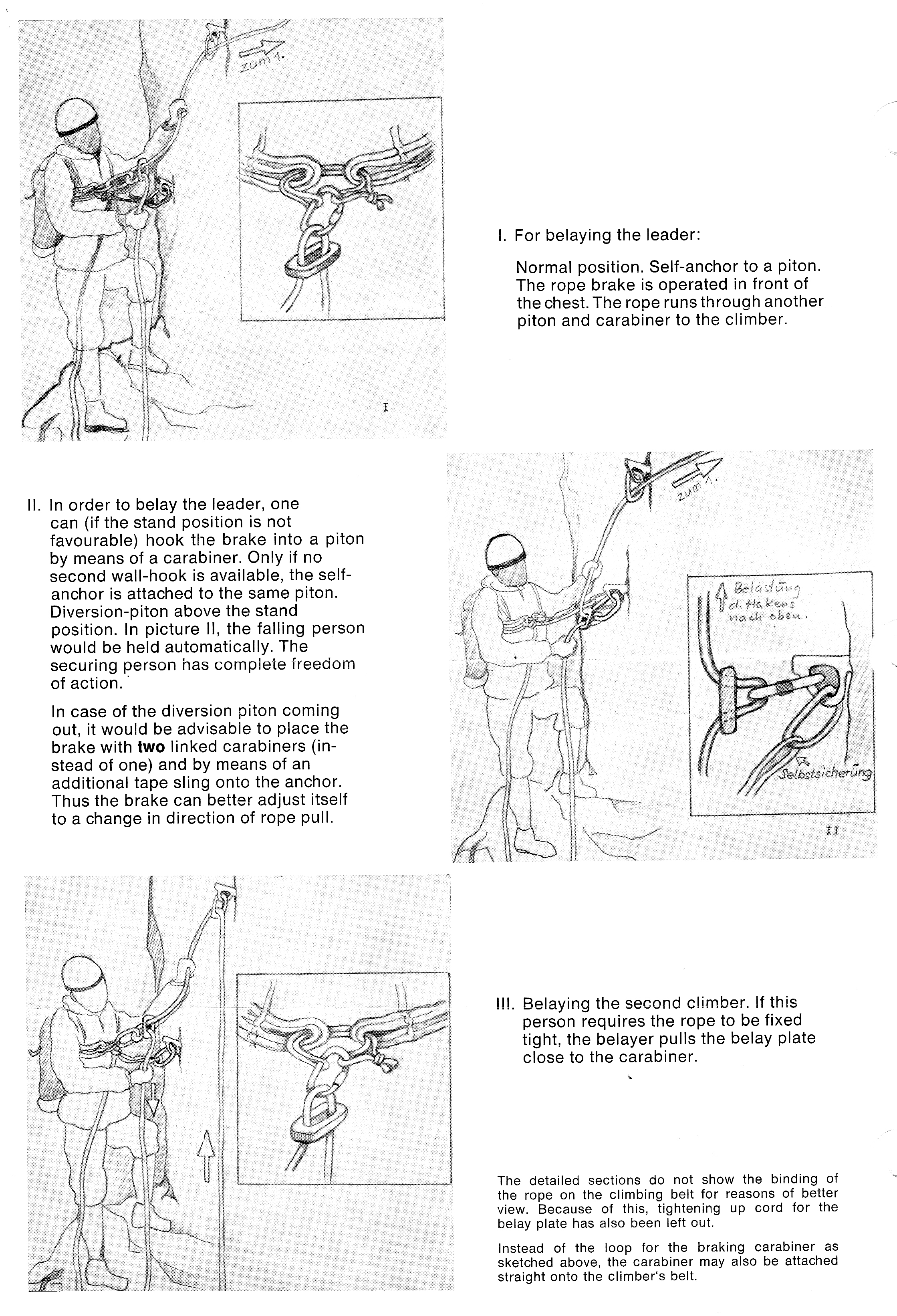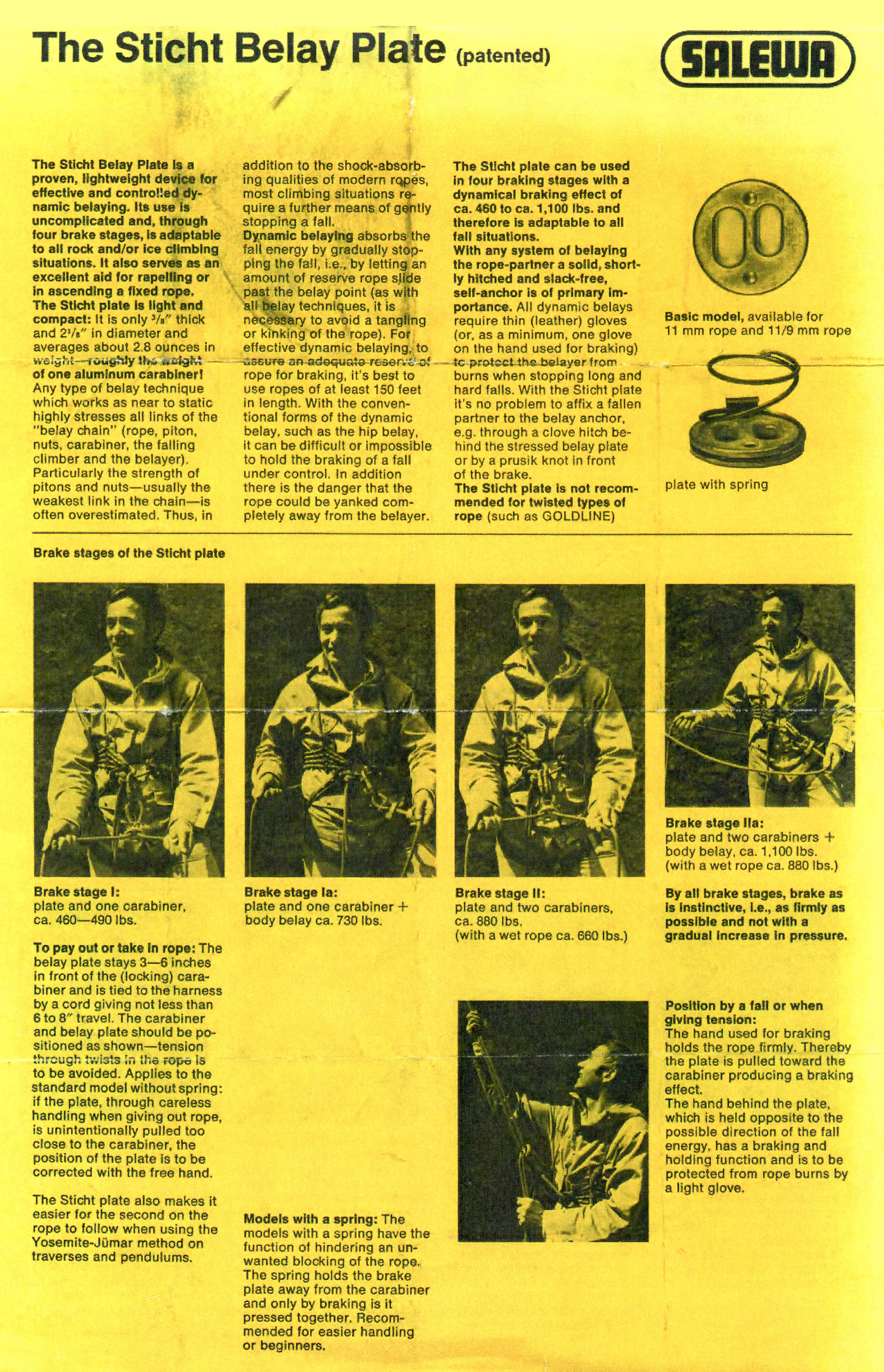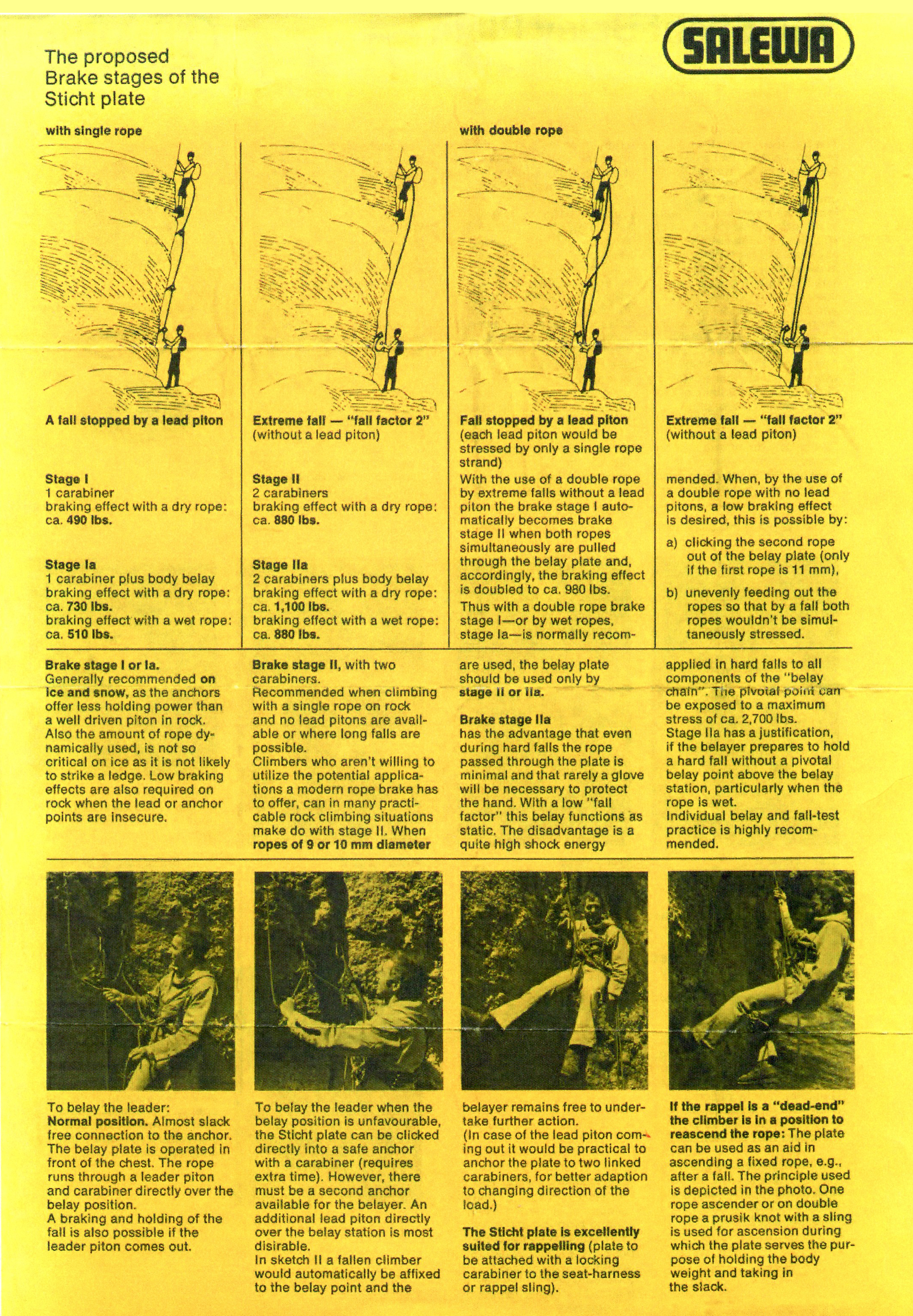Overview
Fritz Sticht and Hermann Huber invented the Sticht Plate and filed for a patent in late May 1969. They received German Patent DE1927155A1, "Braking device for a rope, especially for mountaineers," in late November the following year. Salewa started producing Sticht plates around this time. Günther Gabriel's GAB factory in Germany made these Sticht Plates for Salewa. GAB later made Sticht plates under their own label, GAB.
The Sticht Plate soon acquired considerable popularity in the climbing community. Apparently not considered in the U.I.A.A. Committee on Belaying Methods Bulletin 50 (June 1972)[1], their June 1974 report[2] included the Sticht Plate. I'll not summarize their conclusions, as the state of the art has evolved somewhat since those days.
Sticht Plates came in several variations. Some had one slot, some had two. Some slots were sized for 9 mm. rope, some for 11 mm. Early plates came in several shapes, but Salewa soon settled on a fairly standard arrangement of a 66 mm. diameter, 10 mm. thick aluminum plate. In 1973, Salewa introduced improved versions incorporating a spring that helps the plate release under load. With the former "clean climbing" ethic giving rise to climbers carrying many slung chocks, the springs' tremendous capacity for entanglement proved disadvantageous.
Many companies copied and offered variations of Salewa's Sticht. Although Sitcht Plates are still readily available, they are no longer as common as they once were. When Black Diamond introduced the Air Traffic Controller, the days of the Sticht Plate were numbered, at least over here. Weighing next to nothing (but, despite what one of my friends said, still weighing more than a pop tab from a can of Miller), the ATC soon pushed the Sticht plate out of favor among the masses.
Although I have quite a few variations of the Sticht Plate, I do not have the three variations illustrated on the instructions that came with the first Salewa plate that I acquired. I would greatly appreciate any assistance in acquiring these for this museum.
[1] I do not have this report, but am drawing my tentative conclusion from Walt Fricke, August 1973. "The report of the U.I.A.A. Belaying Methods Committee." Off Belay, #10, pp. 2-5.
[2] Again, I do not have this report. I am drawing my tentative conclusion from Jurgen Meyer-Arendt, October 1974. "Report of the U.I.A.A. Belaying Methods Committee." Off Belay, #17, pp. 15-19.
The Salewa Sticht Plate is one of many round "Sticht" plates with springs. This table compares the ones in my collection. Colored shading (not white) in the "Belayer" column indicates different brand plates with particularly similar plate designs, excluding markings
and finish.
| Image |
Belayer |
Slot 1 |
Slot 2 |
Finish |
Spring
Attachment |
Spring
bracket |
Keeper
Holes |
Top & Bottom
Grooves |
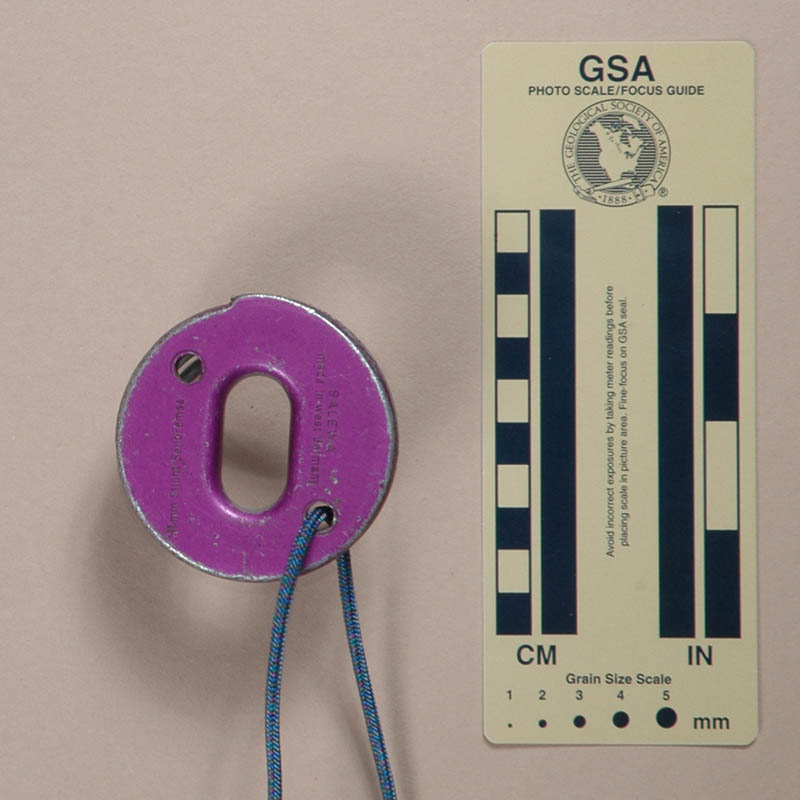 |
Salewa Sticht 11 (/w spring), Version B |
11 mm. |
- |
Hard Anodized |
Crimped Side Groove /w ramp exit |
No |
2 |
Yes |
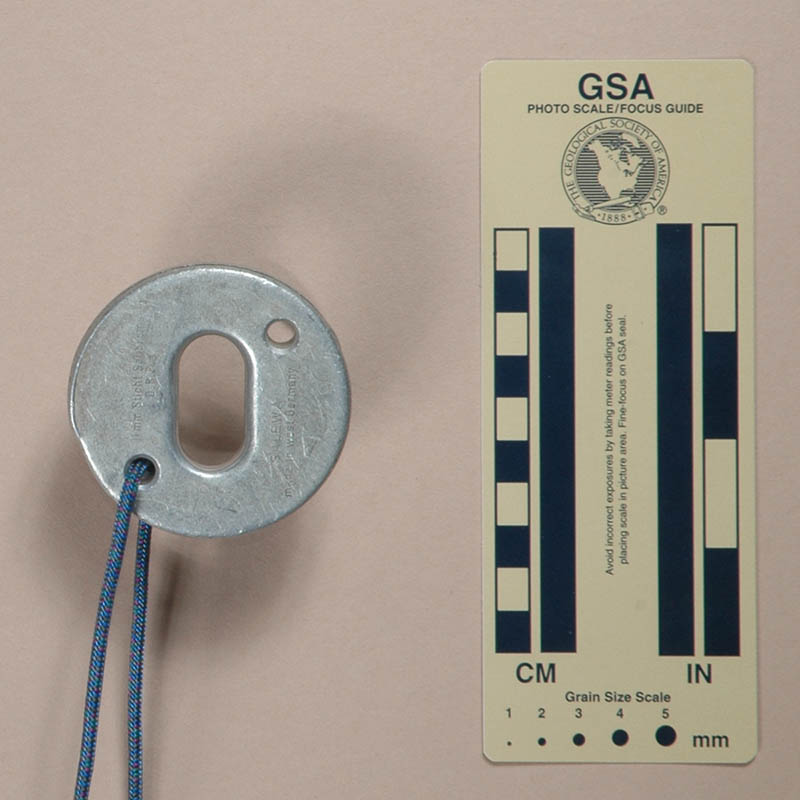 |
Salewa Sticht 11 (/w spring), Version D |
11 mm. |
- |
Bare |
Crimped Side Groove /w ramp exit |
No |
2 |
Yes |
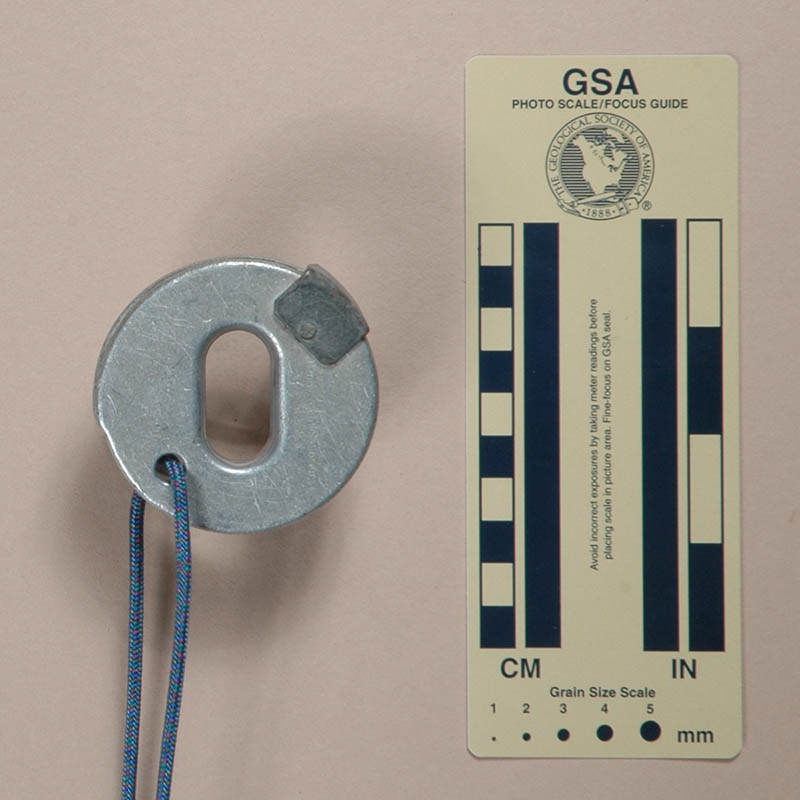 |
Salewa Sticht 11 (/w spring), Version A |
11 mm. |
- |
Bare |
Crimped Side Groove /w ramp exit |
Yes |
1 |
No |
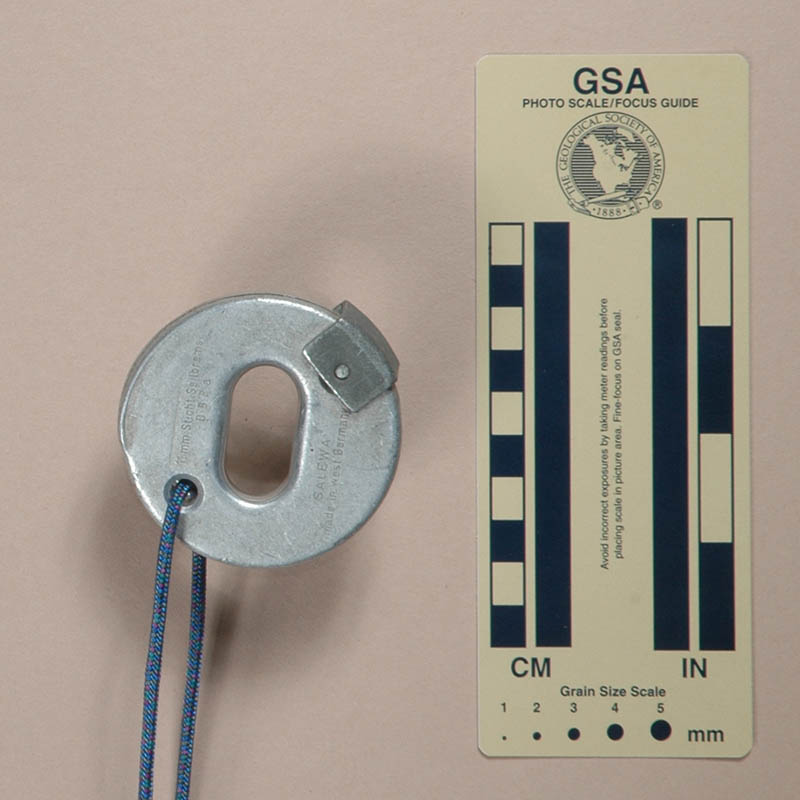 |
Salewa Sticht 11 (/w spring), Version C |
11 mm. |
- |
Bare |
Crimped Side Groove /w ramp exit |
Yes |
1 |
No |
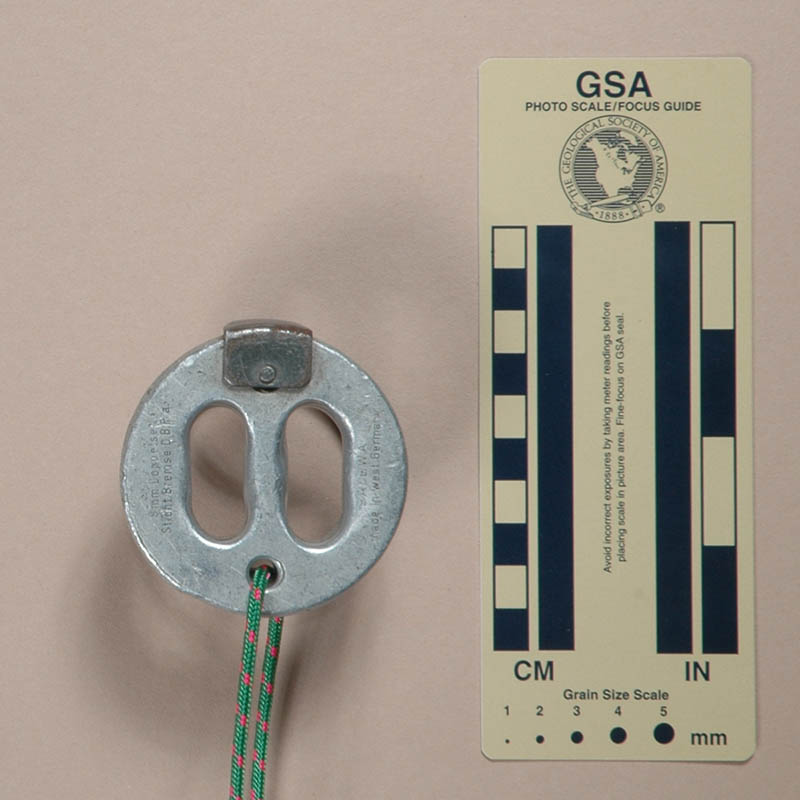 |
Salewa Sticht 9/9 (/w spring), Version A |
9 mm. |
9 mm. |
Bare |
Crimped Side Groove /w ramp exit |
Yes |
1 |
No |
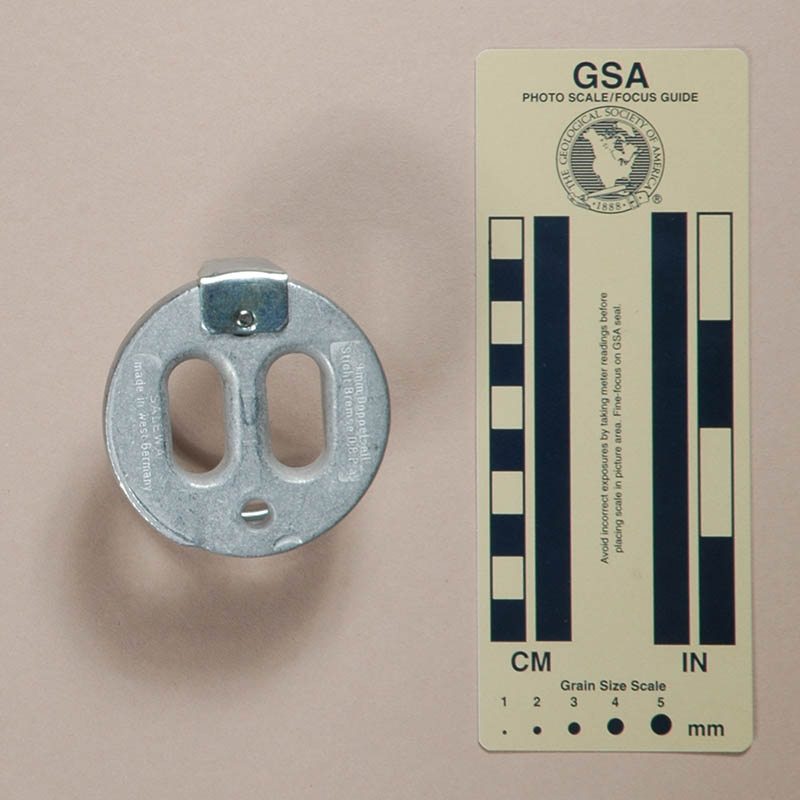 |
Salewa Sticht 9/9 (/w spring), Version B |
9 mm. |
9 mm. |
Bare |
Crimped Side Groove /w ramp exit |
Yes |
1 |
No |
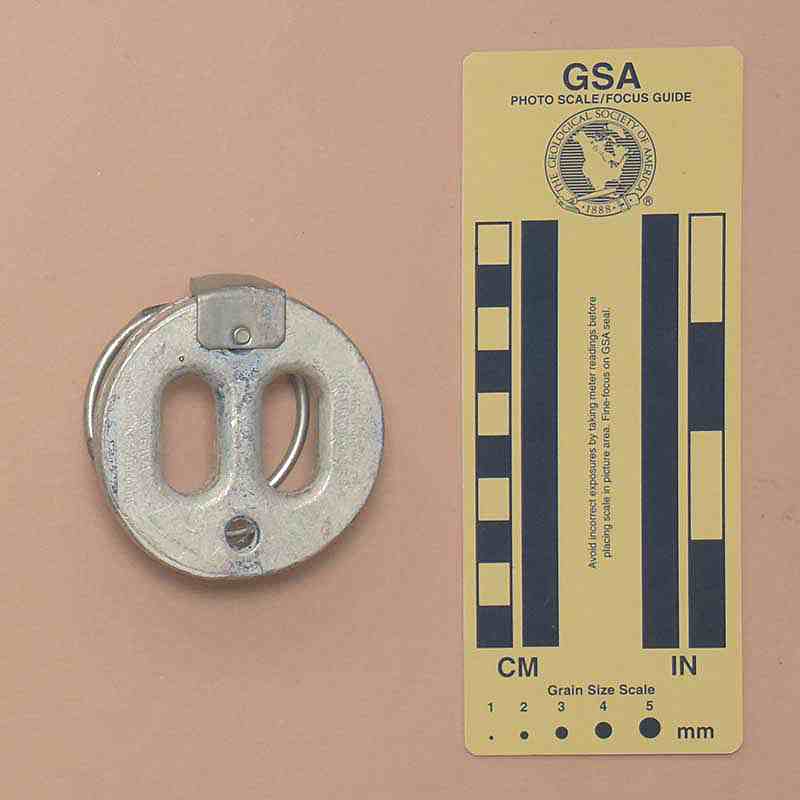 |
Salewa Sticht 9/9 (/w spring), Version C |
9 mm. |
9 mm. |
Bare |
Crimped Side Groove /w ramp exit |
Yes |
1 |
No |
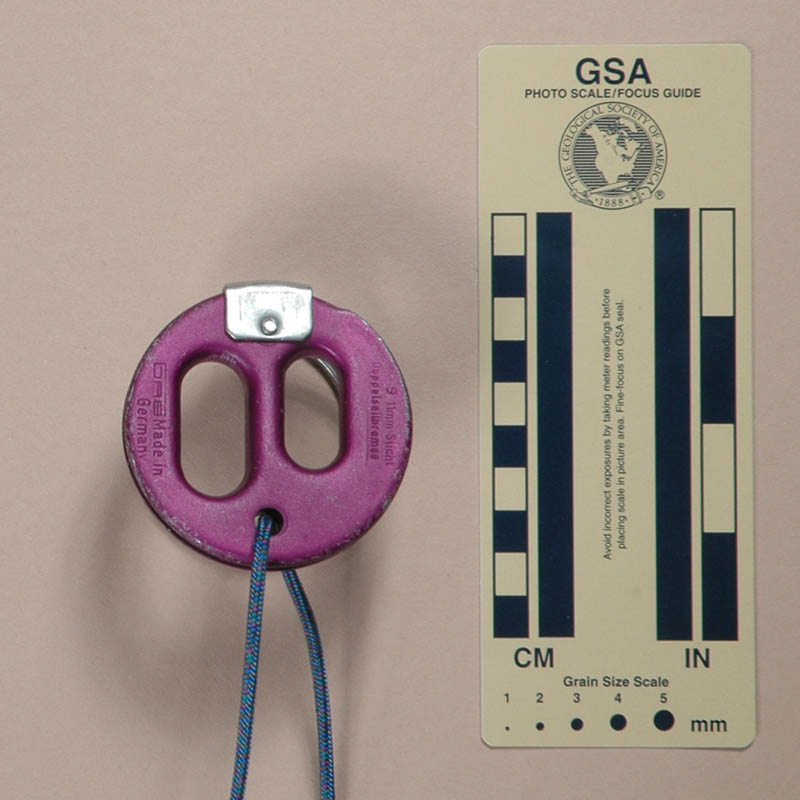 |
GAB 9/11 (/w Spring),
Version A |
9 mm. |
11 mm. |
Hard Anodized |
Crimped Side Groove /w ramp exit |
Yes |
1 |
No |
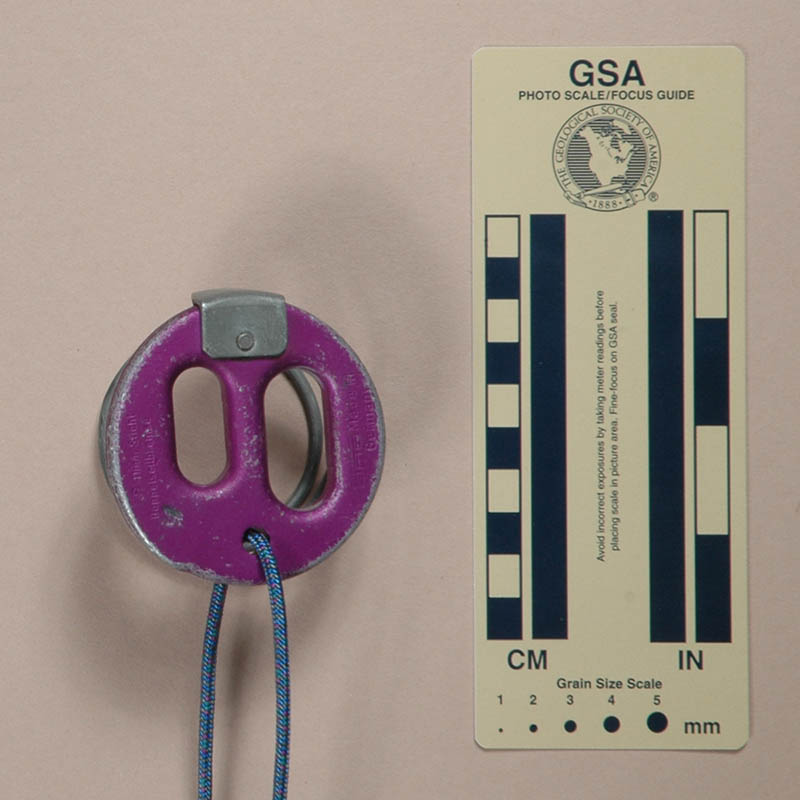 |
GAB 9/11 (/w Spring),
Version B |
9 mm. |
11 mm. |
Hard Anodized |
Crimped Side Groove /w ramp exit |
Yes |
1 |
No |
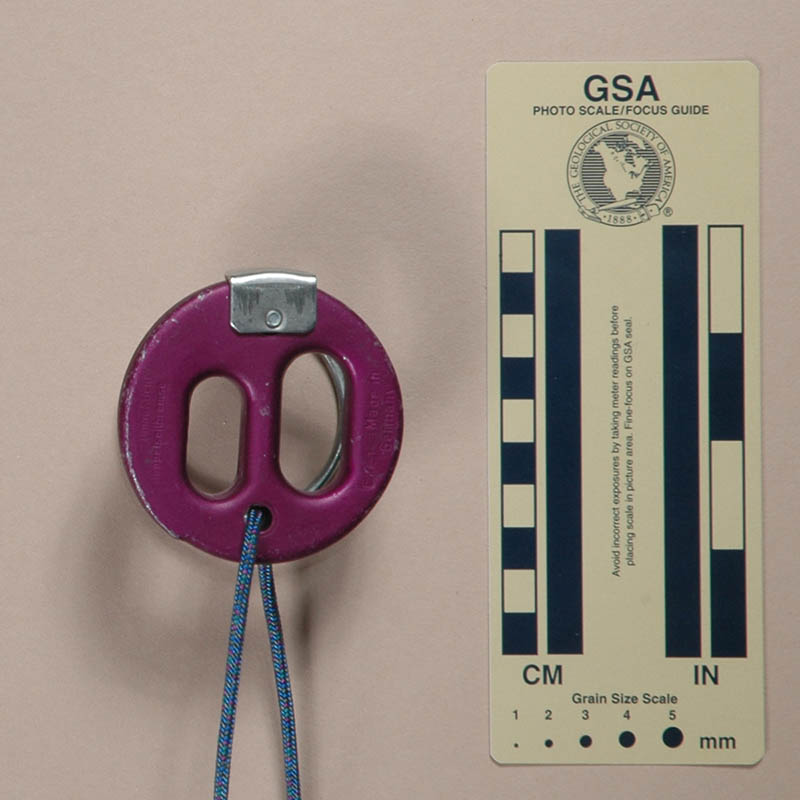 |
GAB 9/11 (/w Spring),
Version C |
9 mm. |
11 mm. |
Hard Anodized |
Crimped Side Groove /w ramp exit |
Yes |
1 |
No |
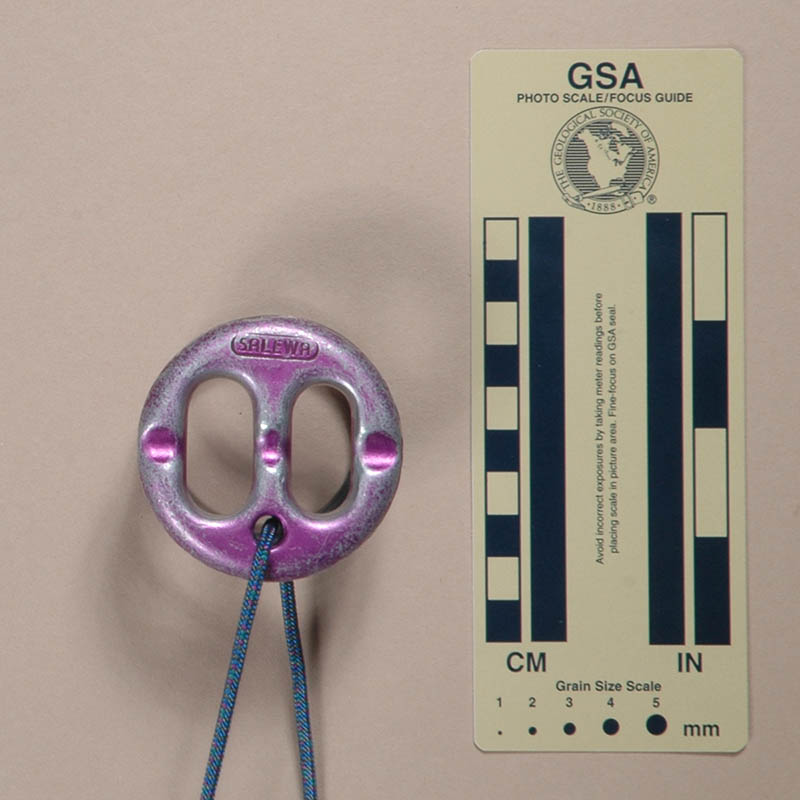 |
Salewa #1616 |
9 mm. |
11 mm. |
Soft Anodized |
Crimped Side Groove /w ramp exit |
No |
1 |
Yes |
 |
Salewa 9/11, Version F |
9 mm. |
11 mm. |
Soft Anodized |
Crimped Bottom Groove |
No |
1 |
Yes |
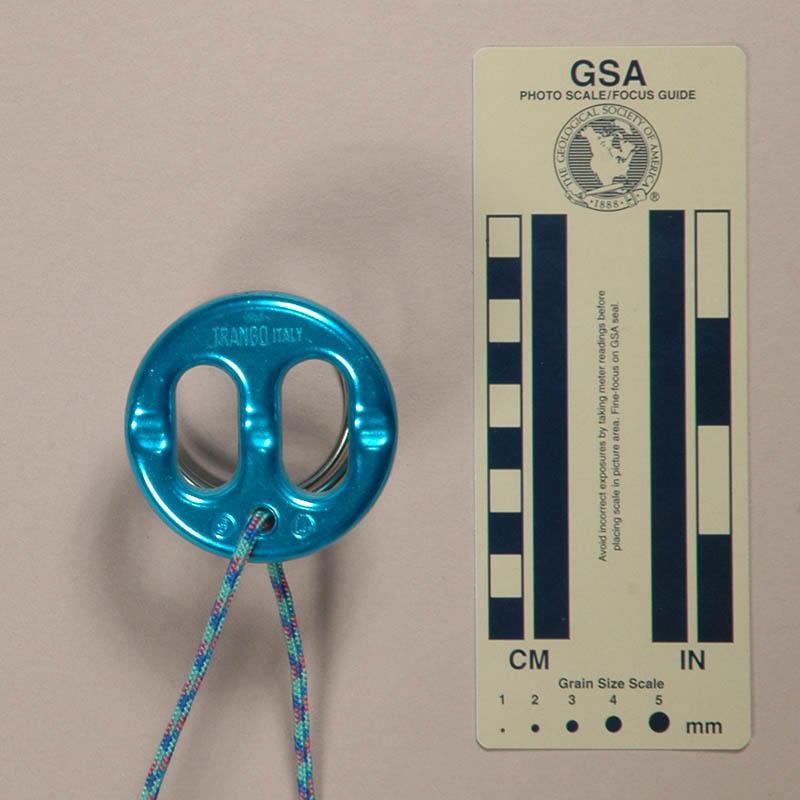 |
Trango (/w Spring), Version A |
9 mm. |
11 mm. |
Soft Anodized |
Crimped Bottom Groove |
No |
1 |
Yes |
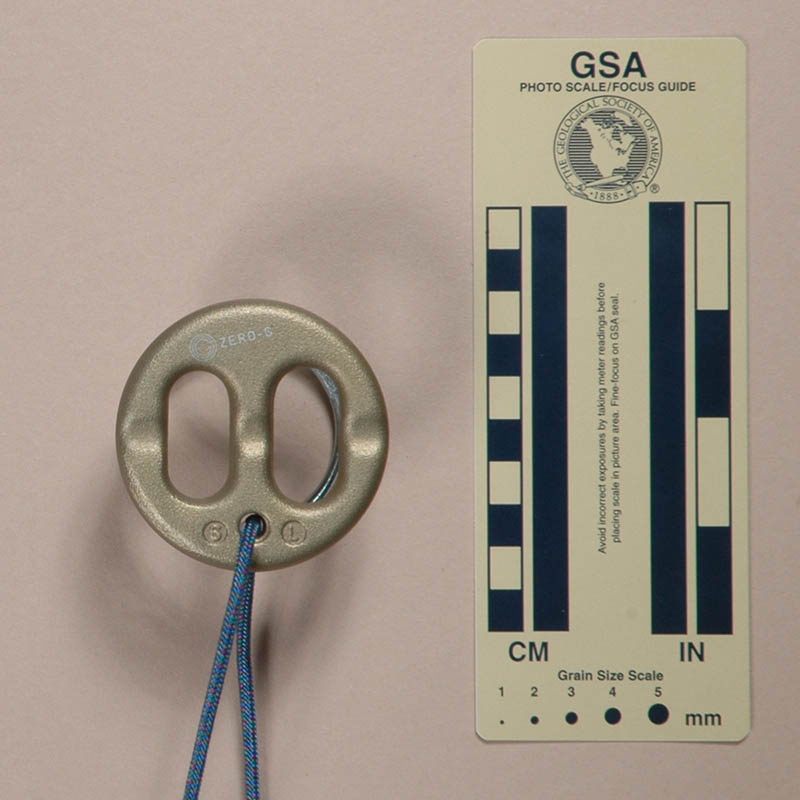 |
Zero–G ZBD (/w Spring) |
9 mm. |
11 mm. |
Soft Anodized |
Crimped Bottom Groove |
No |
1 |
Yes |
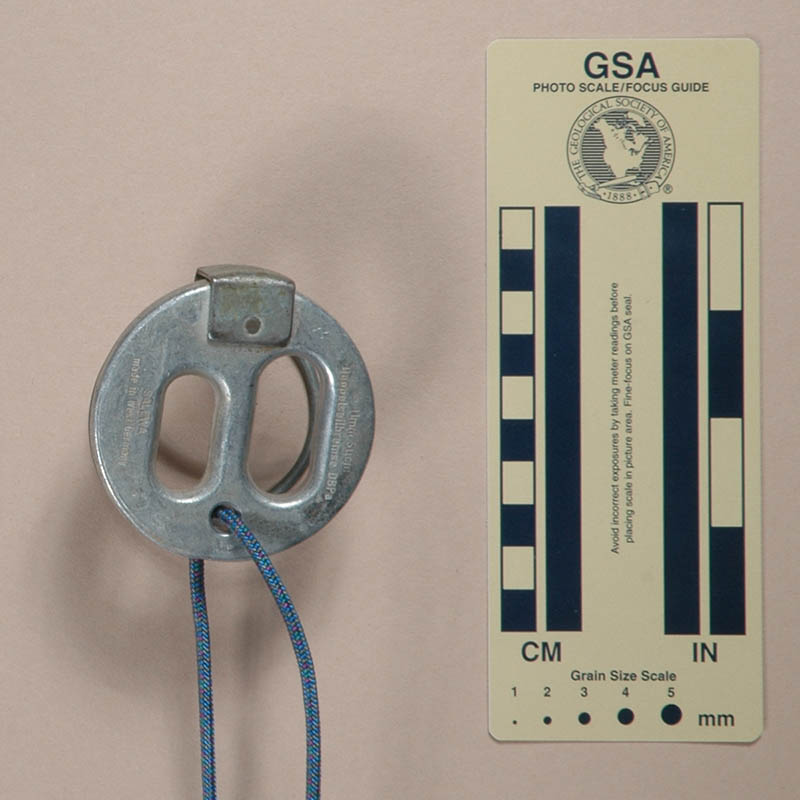 |
Salewa Sticht 9/11 (/w spring) Version A |
9 mm. |
11 mm. |
Bare |
Crimped Side Groove /w ramp exit |
Yes |
1 |
No |
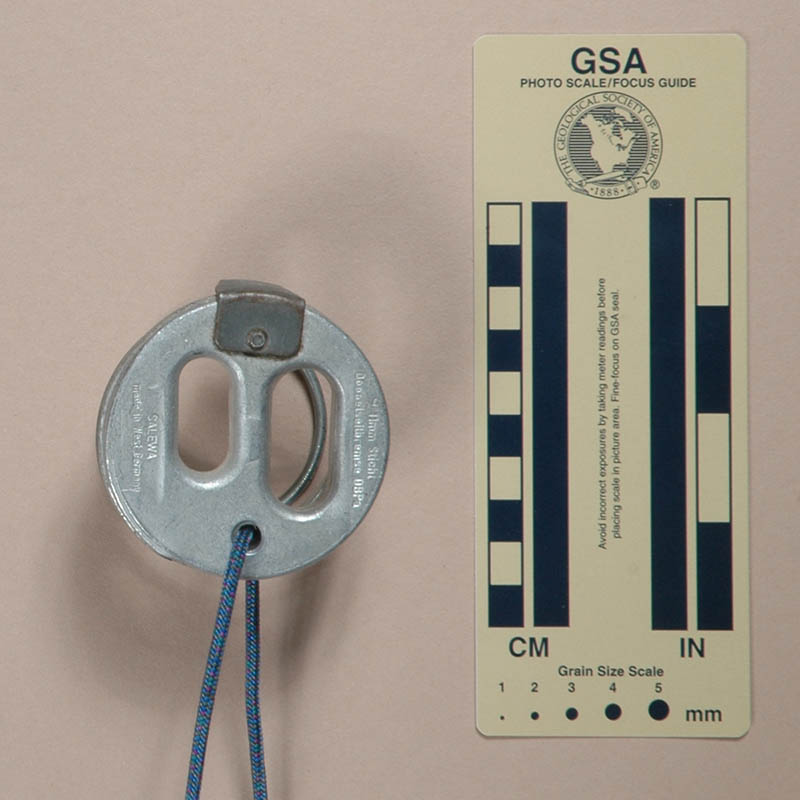 |
Salewa Sticht 9/11 (/w spring) Version B |
9 mm. |
11 mm. |
Bare |
Crimped Side Groove /w ramp exit |
Yes |
1 |
No |
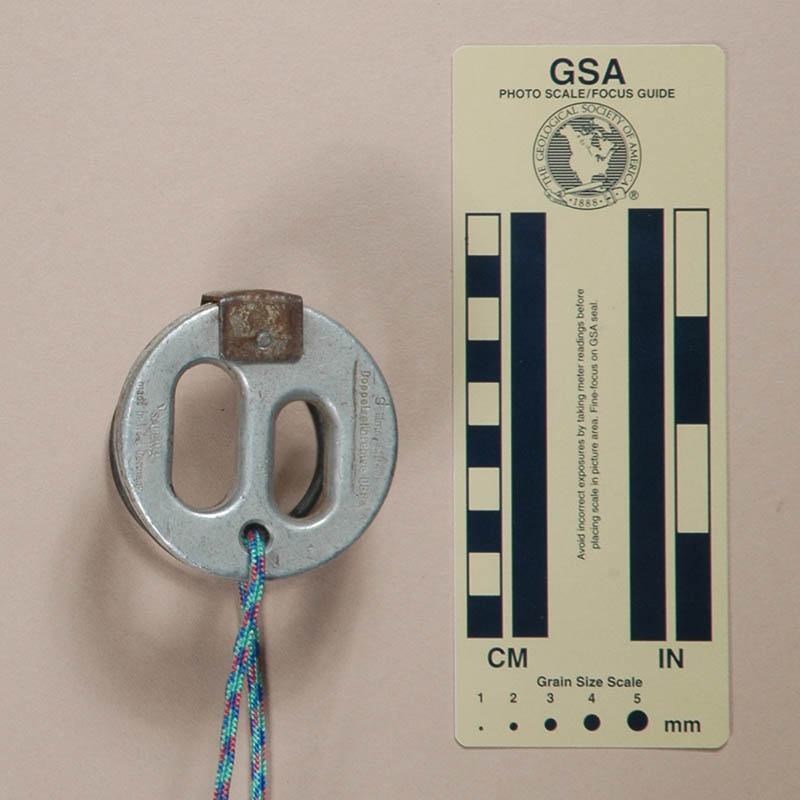 |
Salewa Sticht 9/11 (/w spring) Version C |
9 mm. |
11 mm. |
Bare |
Crimped Side Groove /w ramp exit |
Yes |
1 |
No |
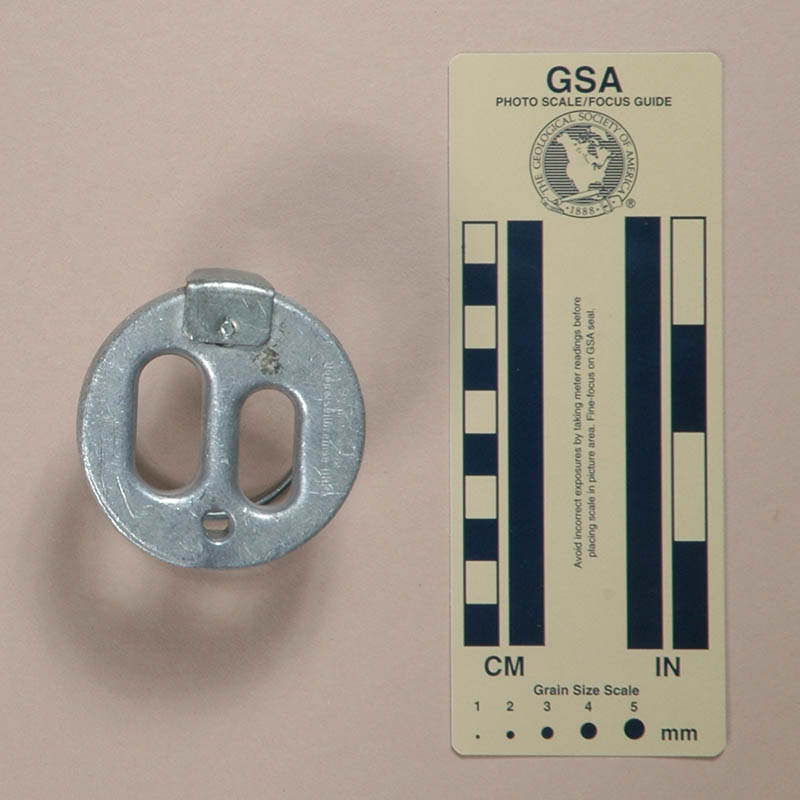 |
Salewa Sticht 9/11 (/w spring) Version D |
9 mm. |
11 mm. |
Bare |
Crimped Side Groove /w ramp exit |
Yes |
1 |
No |
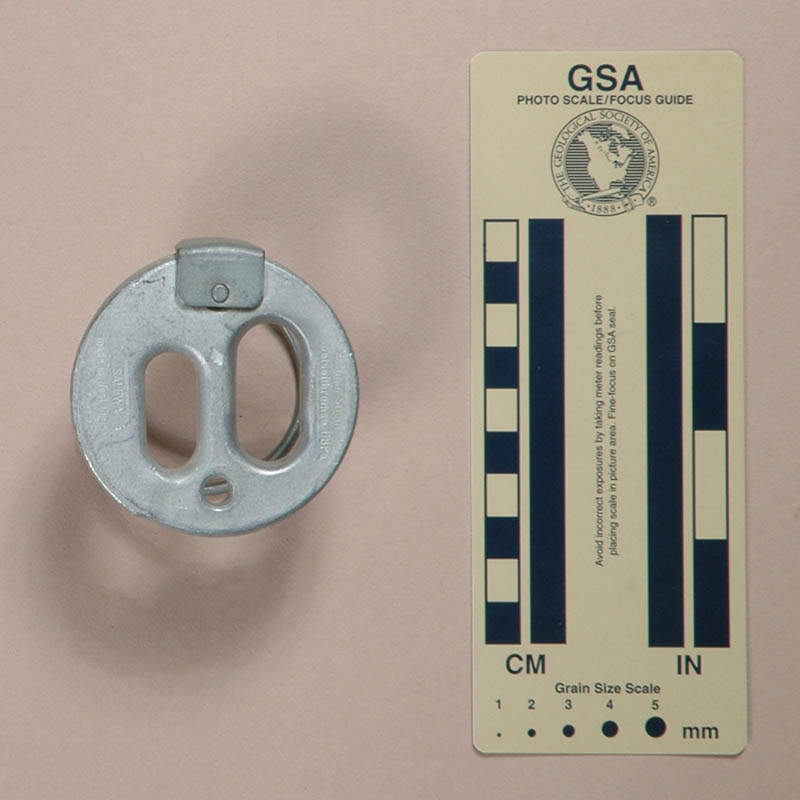 |
Salewa Sticht 9/11 (/w spring) Version E |
9 mm. |
11 mm. |
Bare |
Crimped Side Groove /w ramp exit |
Yes |
1 |
No |
|
| Image |
Belayer |
Slot 1 |
Slot 2 |
Finish
|
Spring
Attachment
|
Spring
bracket
|
Keeper
Holes |
Top & Bottom
Grooves |
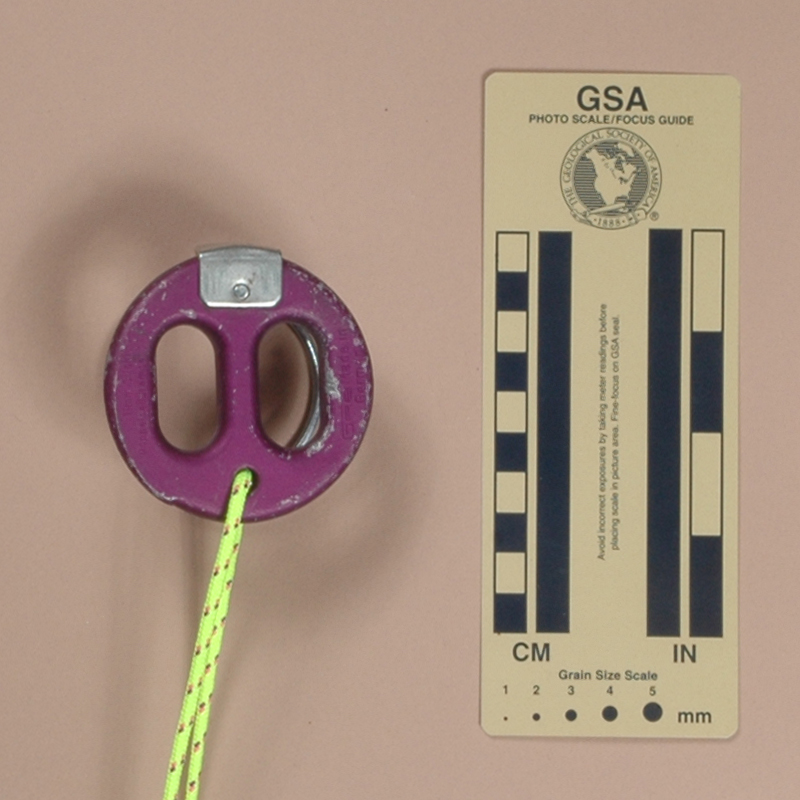 |
GAB 11/11 (/w spring) |
11 mm. |
11 mm. |
Hard Anodized |
Crimped Side Groove /w ramp exit |
Yes |
1 |
No |
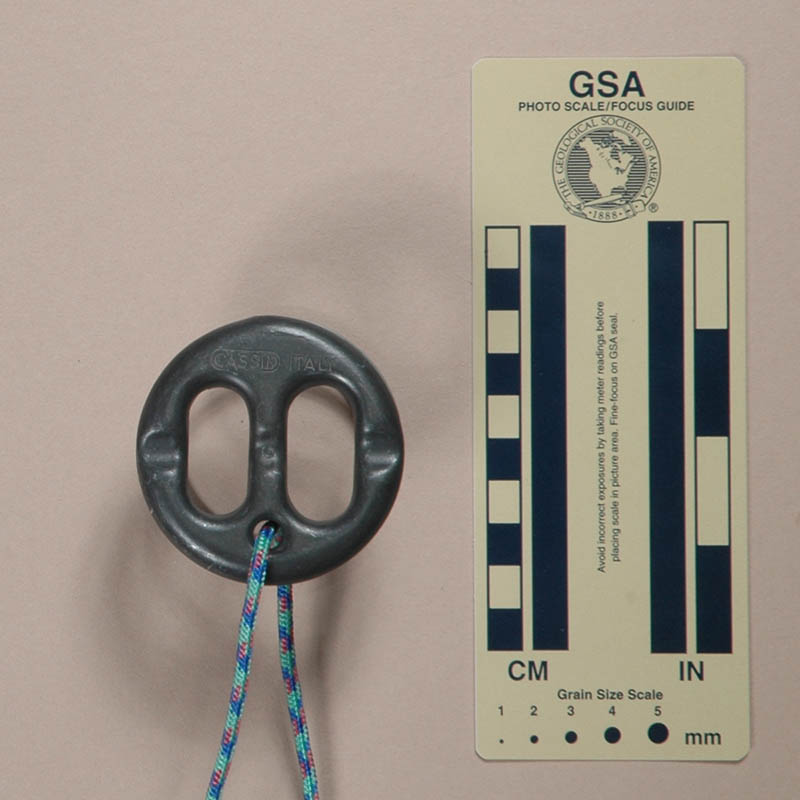 |
Cassin #221.02 (/w spring) |
11 mm. |
11 mm. |
Hard Anodized |
Crimped Side Groove /w ramp exit |
No |
1 |
Yes |
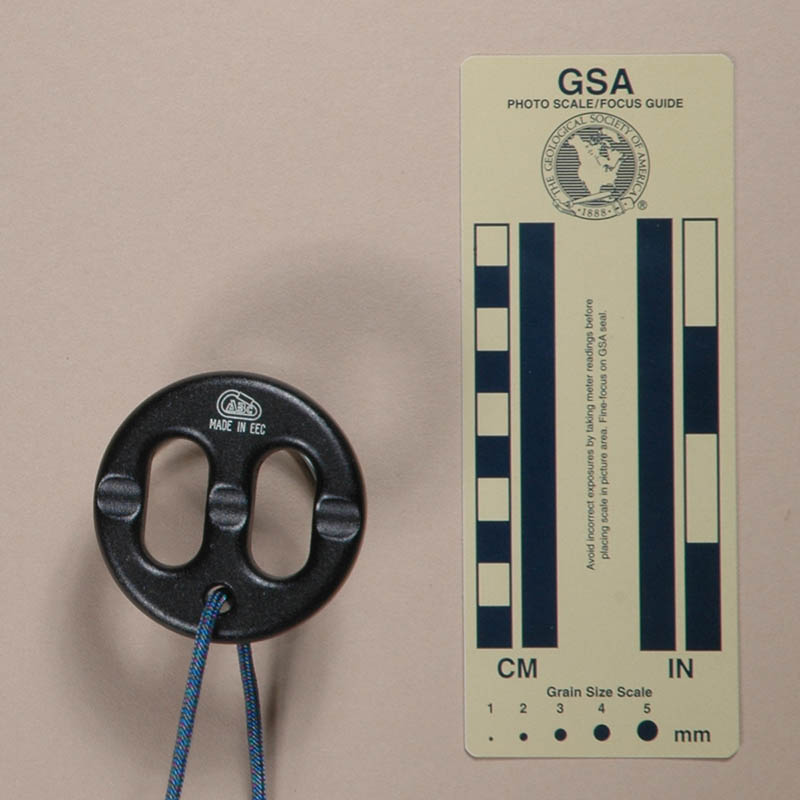 |
Advanced Base Camp, Version A |
11 mm. |
11 mm. |
Hard Anodized |
Crimped Bottom Groove |
No |
1 |
Yes |
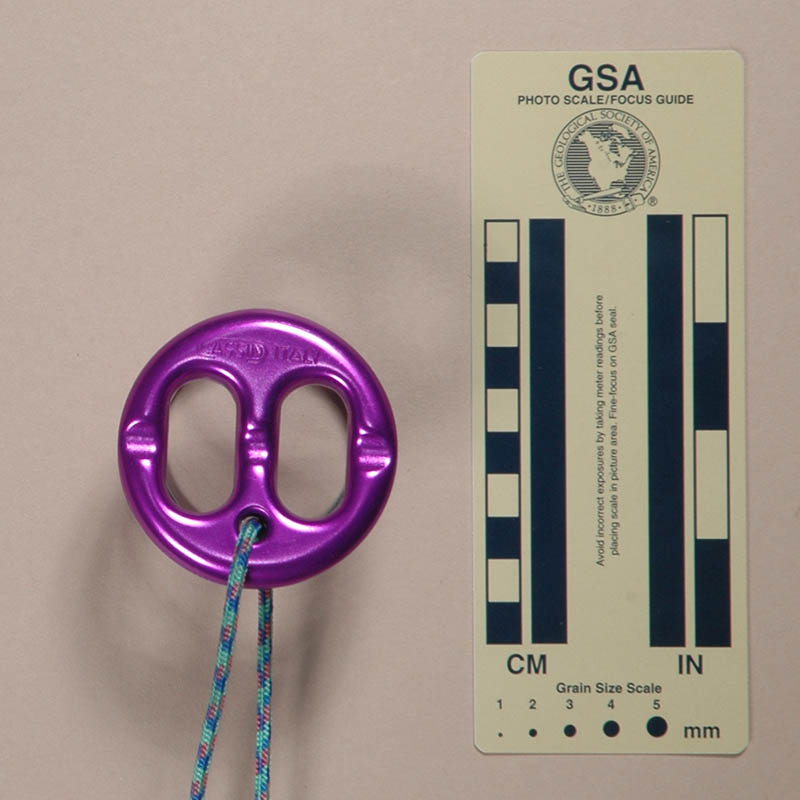 |
Cassin #221.12 (/w spring) |
11 mm. |
11 mm. |
Soft Anodized |
Crimped Side Groove /w ramp exit |
No |
1 |
Yes |
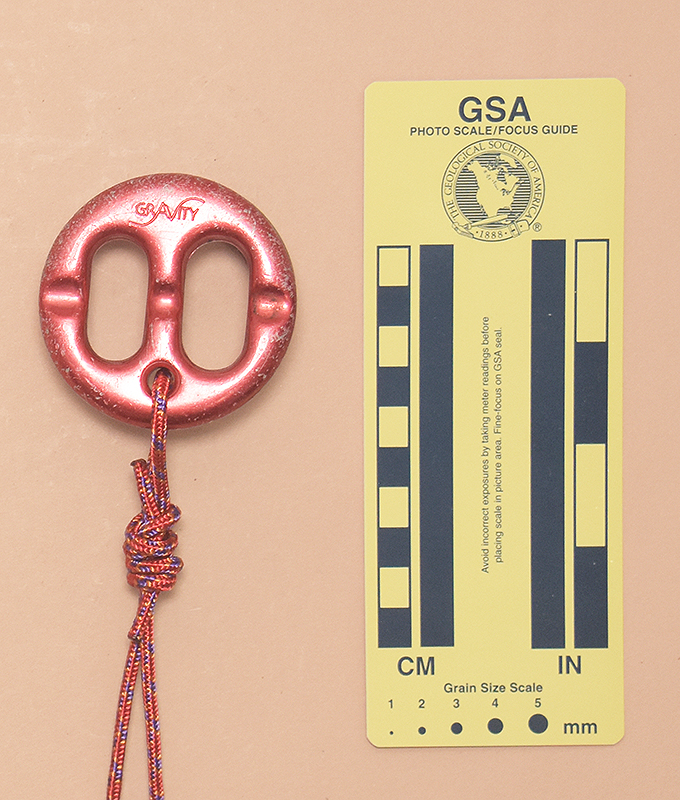 |
Gravity Equipment (/w Spring) |
11 mm. |
11 mm. |
Soft Anodized |
Crimped Side Groove /w ramp exit |
No |
1 |
Yes |
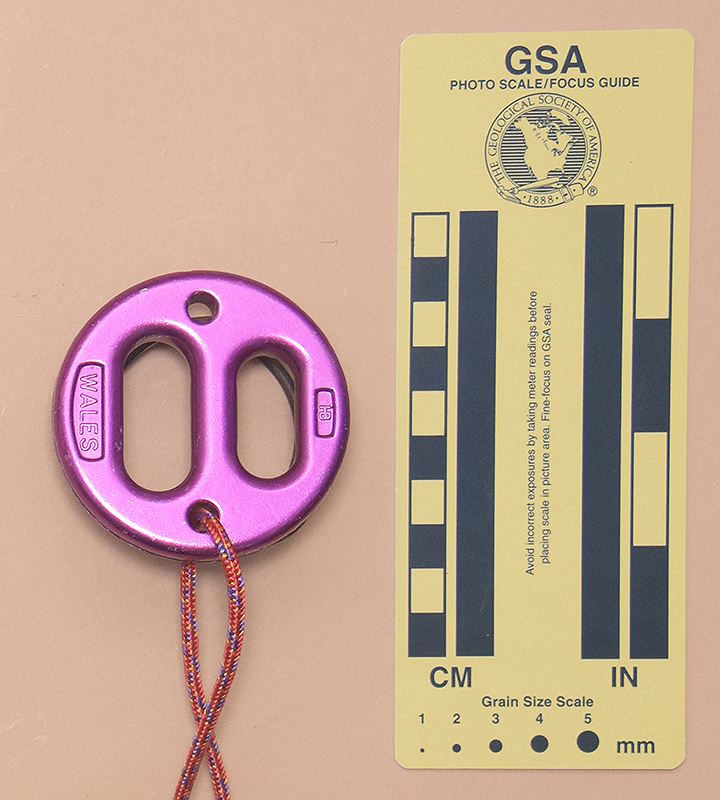 |
Hugh Banner "Sticht" (/w Spring) Version B |
11 mm. |
11 mm. |
Soft Anodized |
Crimped Side Groove /w step exit |
No |
2 |
No |
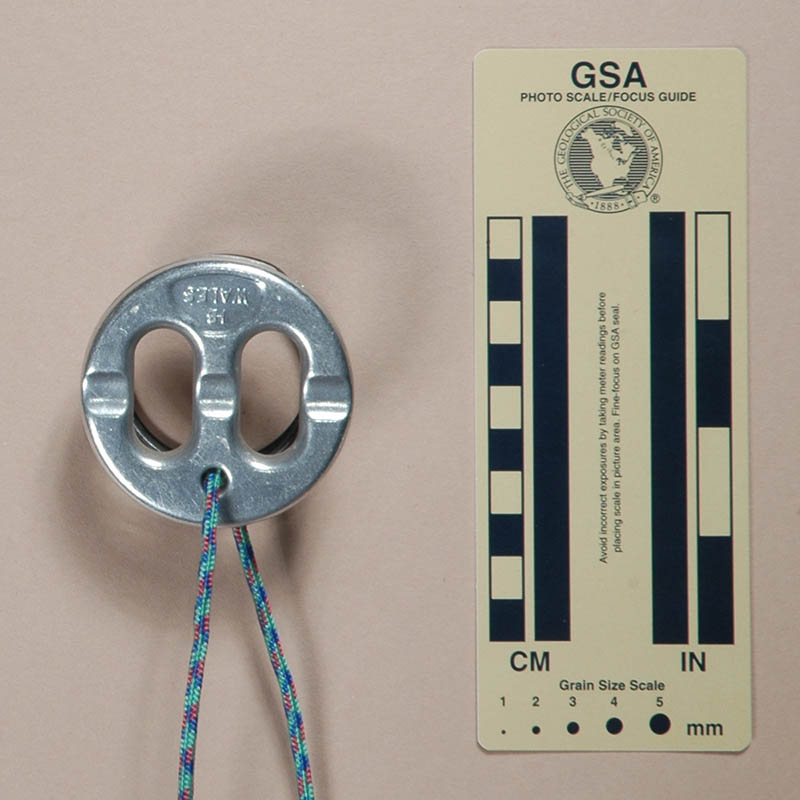 |
Hugh Banner Bigger Brake (/w Spring), Version A |
11 mm. |
11 mm. |
Soft Anodized |
Crimped Side Groove /w step exit |
No |
1 |
Yes |
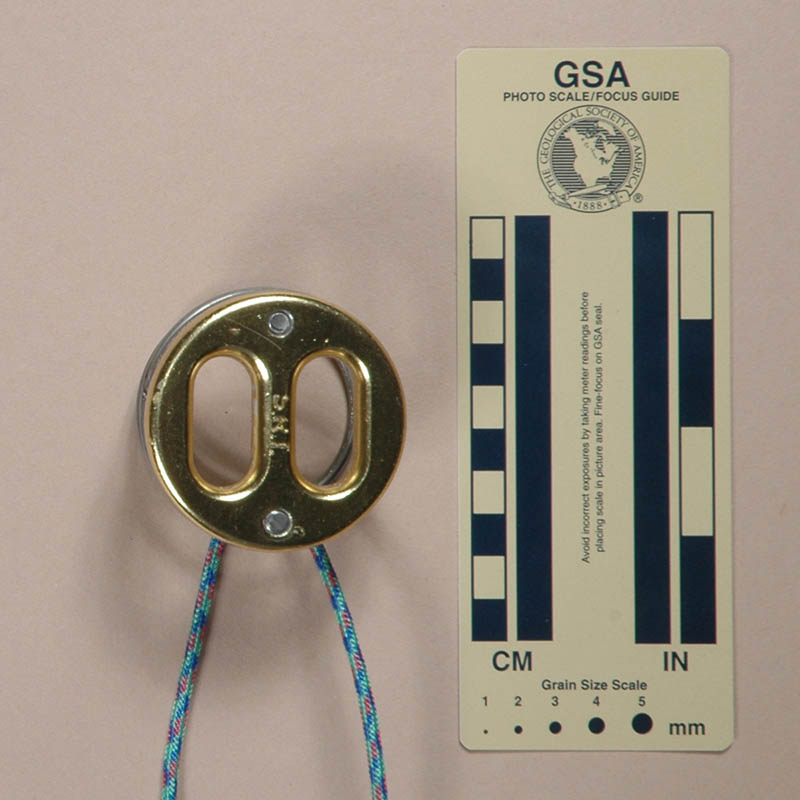 |
Single Rope Technique Equipment BPS (/w Spring) |
11 mm. |
11 mm. |
Soft Anodized |
Bottom Groove /w 2 screws |
No |
0 |
No |
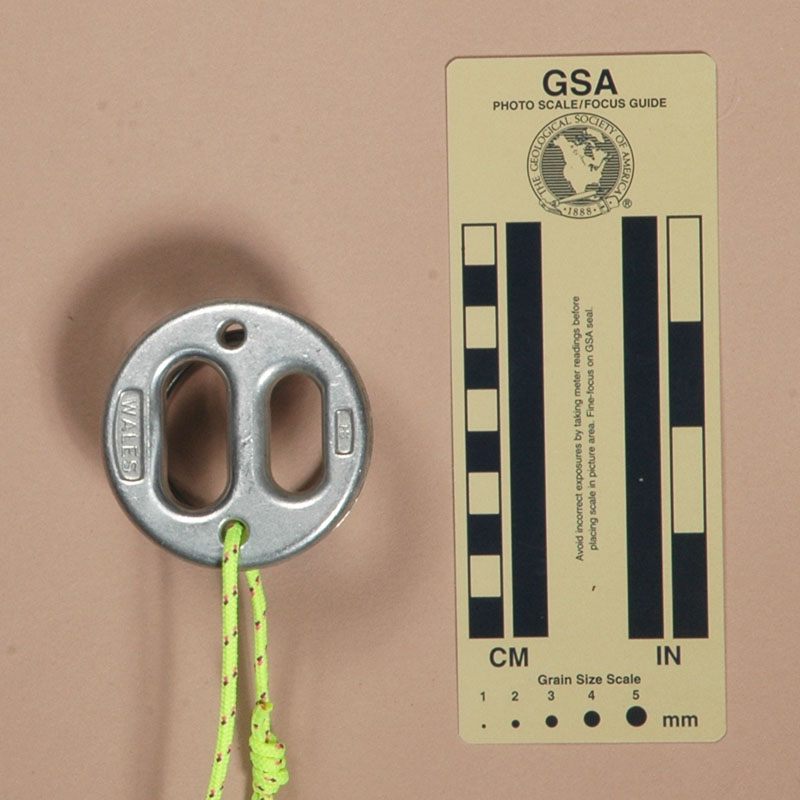 |
Hugh Banner "Sticht" (/w Spring), Version A |
11 mm. |
11 mm. |
Bare |
Crimped Side Groove /w step exit |
No |
2 |
No |
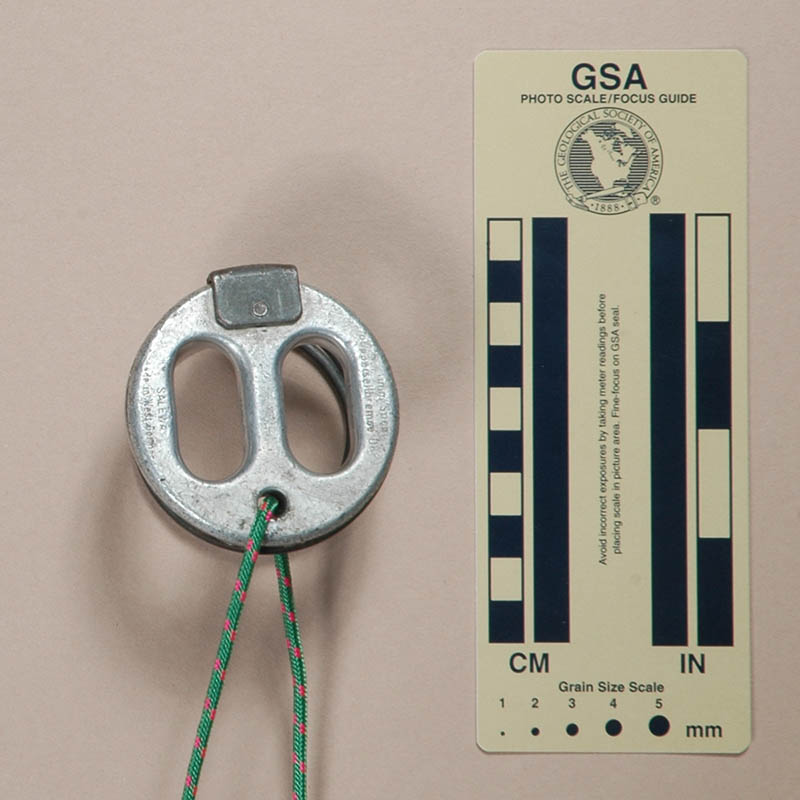 |
Salewa Sticht 11/11 (/w spring), Version A |
11 mm. |
11 mm. |
Bare |
Crimped Side Groove /w ramp exit |
Yes |
1 |
No |
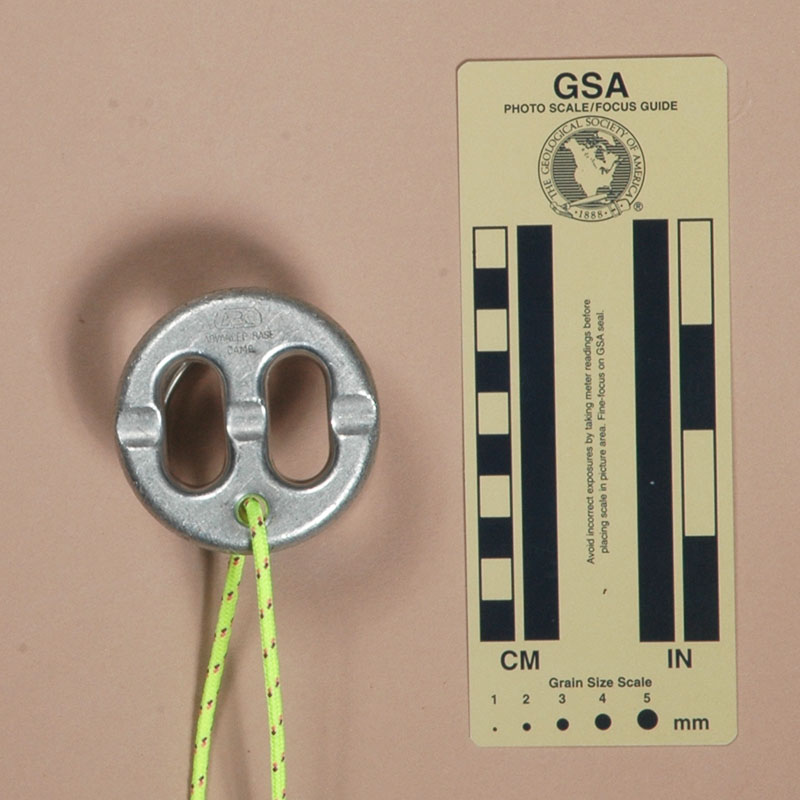 |
Advanced Base Camp, Version B |
11 mm. |
11 mm. |
Bare |
Crimped Bottom Groove |
No |
1 |
Yes |
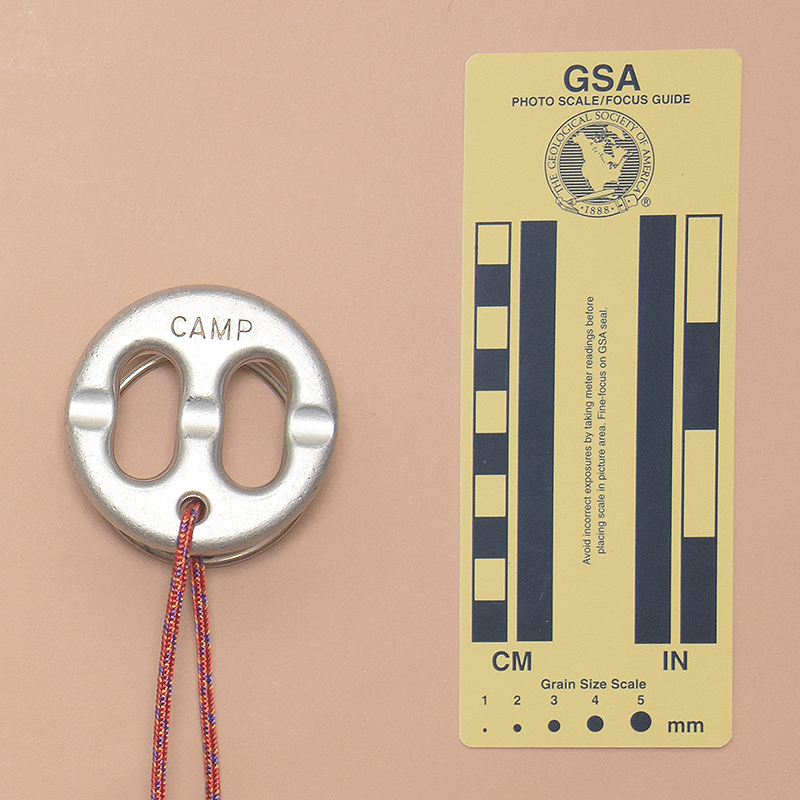 |
Camp (/w spring), Version A |
11 mm. |
11 mm. |
Bare |
Crimped Bottom Groove |
No |
1 |
Yes |
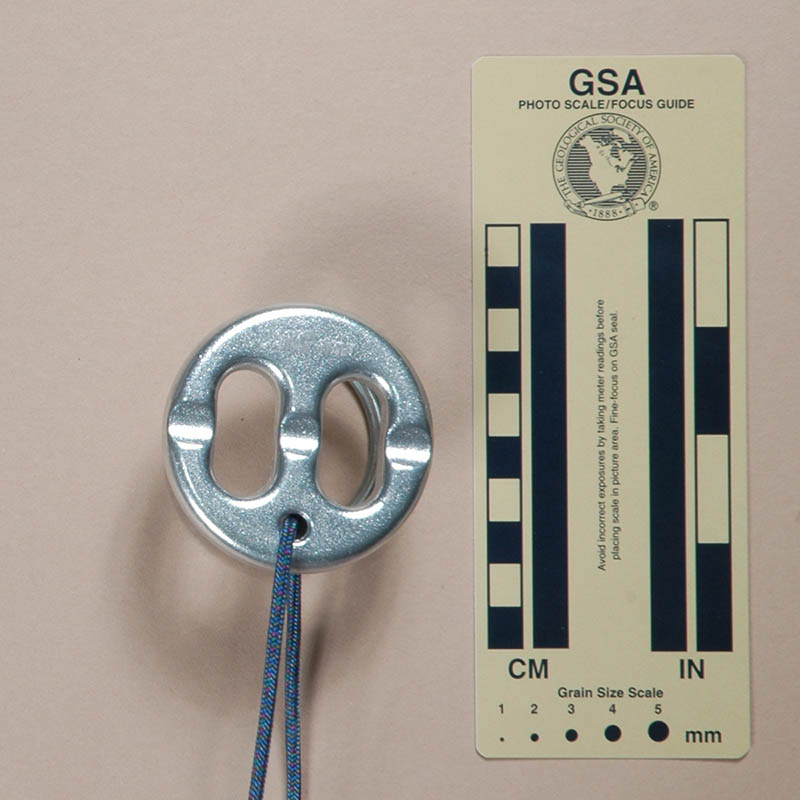 |
Camp (/w spring), Version B |
11 mm. |
11 mm. |
Bare |
Crimped Bottom Groove |
No |
1 |
Yes |
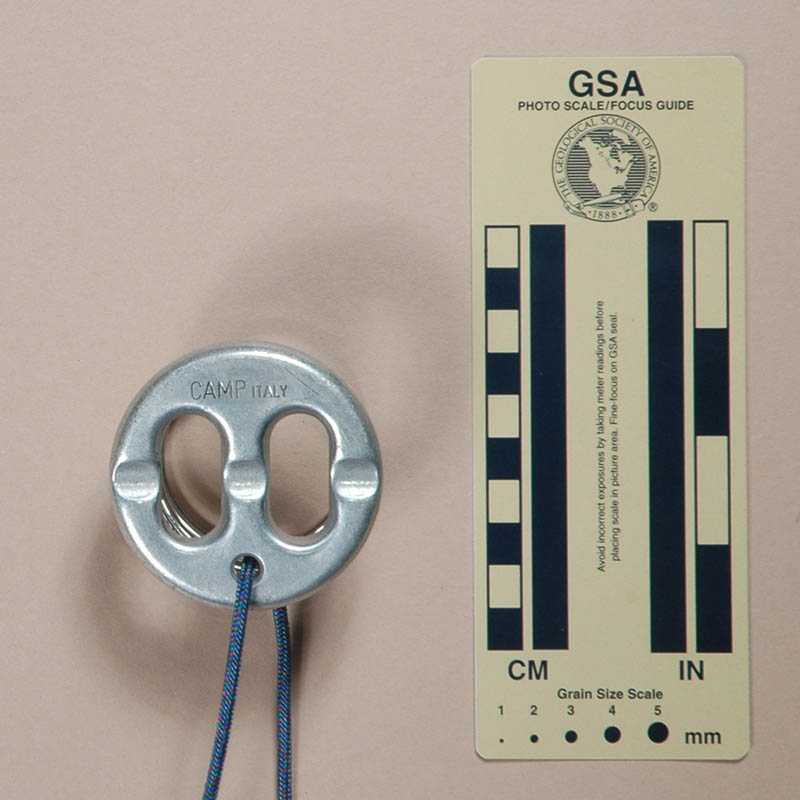 |
Camp (/w spring), Version C |
11 mm. |
11 mm. |
Bare |
Crimped Bottom Groove |
No |
1 |
Yes |
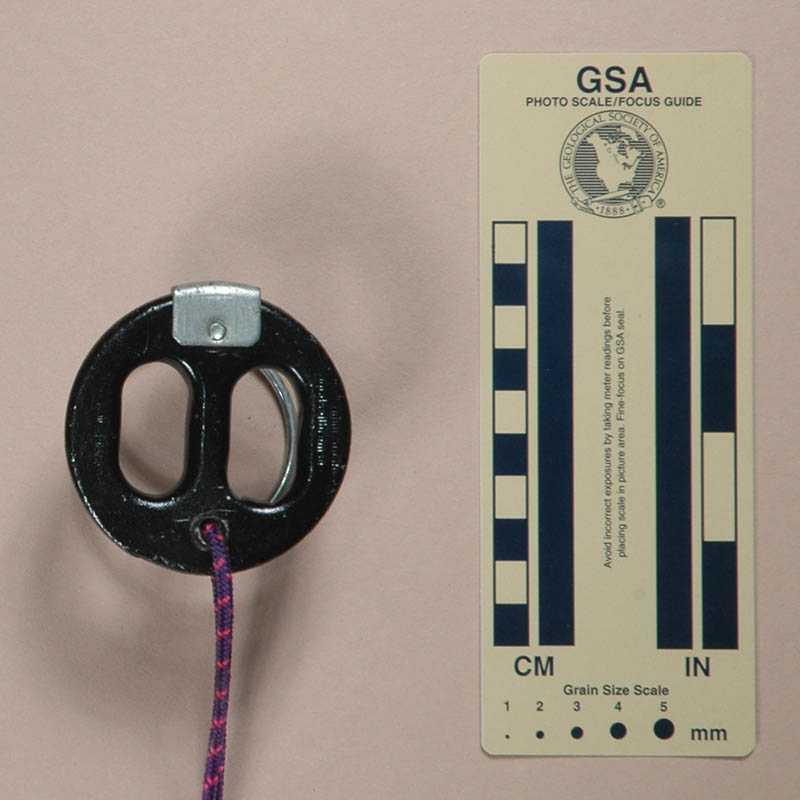 |
Salewa Sticht 11/11 (/w spring), Version B |
11 mm. |
11 mm. |
Painted |
Crimped Side Groove /w ramp exit |
Yes |
1 |
No |
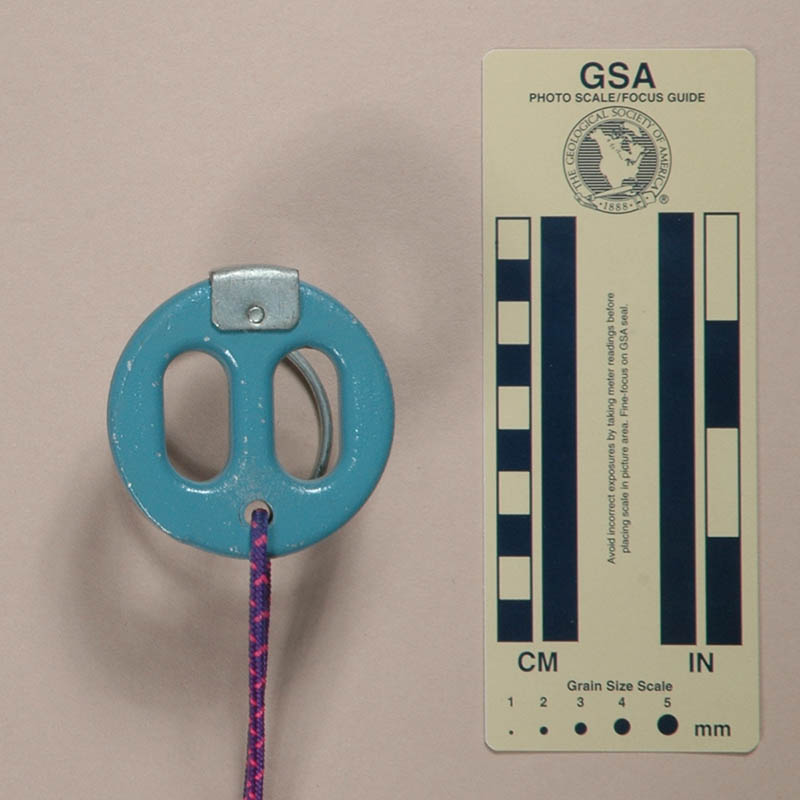 |
Salewa Sticht 11/11 (/w spring), Version C |
11 mm. |
11 mm. |
Painted |
Crimped Side Groove /w ramp exit |
Yes |
1 |
No |
| |
| |
| |
|
The spring helps the plate release under load, helping the belayer. I prefer having the spring. Unfortunately, the springs have a tremendous capacity for tangling with other equipment on a climber's rack. If you can't find a way to prevent this - and I've tried - you will hete the spring as I do.
Sticht Plates came in many variations.Some had one slot, some had two. Some slots were sized for 9 mm. rope, some for 11 mm. My preference is for two-slot plates since they are lighter and more versatile. Choose one that matches the ropes that you will be using. My first Sticht Plate had one 11 mm. and one 9 mm. slot. One could use the same slot for both, and get different performance, but I like the different size slots. I'm often climbed with an 11 mm.lead line and a 9 mm.haul line, so this arrangement suited me well. It was s a good choice for most situations other than rappelling on double 11 mm. lines.
All of the plates listed in the table have considerable wear margin. The Cassin #221.02 has a particularly thick hard anodized finish. I slightly prefer the hard anodized GAB plates, but don't see a large advantage over any other anodized plate, or even the bare plates. I dislike the painted plates.
There are several methods used to attach the spring to the plate. They all seem to be equally effective, but the ones using a side groove seem more robust than the ones using bottom grooves.
Most of the Salewa plates have spring brackets. They hold the spring in the compressed position for carrying. Sometimes these are effective, but more often, I find them inadequate for their task.
The Single Rope Technique Equipment BPS is the only one without a hole for a keeper sling. I like having a keeper and having a hole to attach it instead of tying to the spring is nice. I would drill a hole in the BPS plate if I were going to use it much.
Many plates have a shallow groove across the top and bottom surfaces. The grooves don't seem to do much, in my opinion.
[ Top
| General Comments ]
[ 9/9 spring, v. B
| 9/9 spring, v. C
]
[ 9/11 spring, v. A
| 9/11 spring, v. B
| 9/11 spring, v. C
| 9/11 spring, v. D
| 9/11 spring, v. E
| 9/11 spring, v. F
]
[ 11/11 spring, v. A
| 11/11 spring, v. B
| 11/11 spring, v. C
| #1616
| Return to Sticht Belay
]
9/9 (/w spring), Version A
(#849)
Technical Details
I acquired this Sticht plate used from Gareth Parry in 2007.
The Salewa Sticht (/w spring), 9/9 is forged from aluminum
alloy. It is 68 mm. tall, 66 mm. wide, and 45 mm
thick. The slots are heavily worn so I can only estimate the original
length (28 mm.), but the original widths were 12.2 mm.and
12.5 mm. This Sticht plate weighs 96 g.
A spring fits in a circumferential groove in the side of plate,
and the groove is sheared and crimped closed over about one-fourth
the circumference to provide an exit. The outer end of the spring
is welded to the previous coil to provide a smooth, closed loop.
There is a steel bracket screwed to the top of the plate from
below by a 4 mm. countersunk screw. A small dimple on the
lower end of the bracket can hold the spring in the compressed
position.
The plate is stamped "9 Doppelseil," "Sticht Bremse
DBPa," "SALEWA" and "Made in West Germany."
This is another typical double rope Sticht plate. I prefer
springs on my plates because they make the plate handle better. The
spring helps keep the plate from locking against the belay carabiner
while feeding or taking rope, but does not interfere with the
plate’s action during a fall. The disadvantage is that the springs
seem to tangle on EVERYTHING, including my keeper cords. Locking
the coils under the bracket helps slightly, but the springs still
find ways to catch on other cords on my rack. There is a dimple
on the bracket that securely holds the spring.
[ Top
| General Comments ]
[ 9/9 spring, v. A
| 9/9 spring, v. C
]
[ 9/11 spring, v. A
| 9/11 spring, v. B
| 9/11 spring, v. C
| 9/11 spring, v. D
| 9/11 spring, v. E
| 9/11 spring, v. F
]
[ 11/11 spring, v. A
| 11/11 spring, v. B
| 11/11 spring, v. C
| #1616
| Return to Sticht Belay
]
9/9 (/w spring, Version B)
(#1677)
Technical Details
I acquired my Salewa Sticht (/w spring), 9/9, Version B from Harald Müller in 2010.
Version B is 66 mm. long, 67 mm. wide, 48 mm. high, and weighs 96 g. It has two slots that are 27 mm. long.
The plate is stamped "9 Doppelseil," Sticht Bremse
DBPa," "SALEWA" and "Made in West Germany."
The finish is different than the one on Version A, and the markings are rotated 180°.
[ Top
| General Comments ]
[ 9/9 spring, v. A
| 9/9 spring, v. B
]
[ 9/11 spring, v. A
| 9/11 spring, v. B
| 9/11 spring, v. C
| 9/11 spring, v. D
| 9/11 spring, v. E
| 9/11 spring, v. F
]
[ 11/11 spring, v. A
| 11/11 spring, v. B
| 11/11 spring, v. C
| #1616
| Return to Sticht Belay
]
9/9 (/w spring, Version C)
(#2858)
Technical Details
I acquired my Salewa Sticht, 9/9, Version C from Brian Bowness in 2012.
Version C is 66 mm. long, 66 mm. wide, 10 mm. high, and weighs 70 g. It has two slots that are 29 mm. long.
The plate is stamped "9 Doppelseil," "Sticht Bremse
DBPa," "SALEWA" and "Made in West Germany."
This plate is the same as Version A except that the markings are rotated 180°.
[ Top
| General Comments ]
[ 9/9 spring, v. A
| 9/9 spring, v. B
| 9/9 spring, v. C
]
[ 9/11 spring, v. B
| 9/11 spring, v. C
| 9/11 spring, v. D
| 9/11 spring, v. E
| 9/11 spring, v. F
]
[ 11/11 spring, v. A
| 11/11 spring, v. B
| 11/11 spring, v. C
| #1616
| Return to Sticht Belay
]
9/11 (/w spring), Version A
(#620)
Technical Details
I acquired this Salewa Sticht from the Mountain Trail Shop in 1975.
The Salewa Sticht (/w spring), 9/11, Version A is forged
from aluminum alloy. It is 66 mm. tall, 66 mm. wide, and
48 mm. thick. One slot is 26.8 mm. long and 11.8 mm
wide, and the other is 32.7 mm. long (but partly worn) and
14.3 mm. wide. This Sticht plate weighs 96 g.
A spring fits in a circumferential groove in the side of plate,
and the groove is sheared and crimped closed over about one-fourth
the circumference to provide an exit. The outer end of the spring
is welded to the previous coil to provide a smooth, closed loop.
There is a steel bracket screwed to the top of the plate from
below by a 4 mm. countersunk screw. There is no dimple like
the one on the 9/9 (/w spring) or 9/11 (/w spring), Version B.
The plate is stamped "9 11mm Sticht," "Doppelseilbremse
DBPa," "SALEWA" and "made in West Germany."
This is my first Sticht belay plate. It features different
size slots for 9 mm.and 11 mm. rope. Admittedly, one
could use the same slot for both, and get different performance,
but I like the different size slots. As it turns out, I'm often
climbing with an 11 mm.lead line and a 9 mm.haul line,
so this arrangement suits me. This Sticht has a spring to help
keep the plate away from the brake carabiner. This is not essential,
but it simplifies feeding and taking in rope.
This is designed to hold the spring in the compressed position
for carrying. It does not work well because there is no dimple
(the spring is easily knocked loose), and is unnecessary in any
case.
The white instruction pages shown here came with this plate, but do not illustrate this version, The yellow instructions, which I acquired many years later, show this version.
[ Top
| General Comments ]
[ 9/9 spring, v. A
| 9/9 spring, v. B
| 9/9 spring, v. C
]
[ 9/11 spring, v. A
| 9/11 spring, v. C
| 9/11 spring, v. D
| 9/11 spring, v. E
| 9/11 spring, v. F
]
[ 11/11 spring, v. A
| 11/11 spring, v. B
| 11/11 spring, v. C
| #1616
| Return to Sticht Belay
]
9/11 (/w spring), Version B
(#826, 1729, 2672)
Technical Details
I acquired this Sticht plate used from Patrice St. Germain
in 2005. I acquired five more from from Steve Booth in 2011. I acquired another in 2017 as part of Bob Thrun’s collection.
The Salewa Sticht (/w spring), 9/11, Version B is forged
from aluminum alloy. It is 67 mm. tall, 68 mm. wide, and
42 mm. thick. One slot is 26.6 mm. long and 11.9 mm
wide, and the other is 32.4 mm. long and 13.9 mm. wide.
This Sticht plate weighs 98 g.
A spring fits in a circumferential groove in the side of plate,
and the groove is sheared and crimped closed over about one-fourth
the circumference to provide an exit. The outer end of the spring
is welded to the previous coil to provide a smooth, closed loop.
There is a steel bracket screwed to the top of the plate from
below by a 4 mm. countersunk screw. A small dimple on the
lower end of the bracket can hold the spring in the compressed
position.
The plate is stamped "9 11mm Sticht," "Doppelseilbremse
DBPa," "SALEWA" and "Made in West Germany."
The Salewa Sticht (/w spring), 9/11, Version B is a normal
forged double-rope Sticht plate. This one is similar to 9/11 (/w
spring), Version A, featuring a spring and different size
slots for 9 mm.and 11 mm. rope. The spring bracket is
different than the one on 9/11 (/w spring), Version A. There
is a dimple on the bottom of this plate’s bracket that holds the
spring rather securely in the compressed position.
[ Top
| General Comments ]
[ 9/9 spring, v. A
| 9/9 spring, v. B
| 9/9 spring, v. C
]
[ 9/11 spring, v. A
| 9/11 spring, v. B
| 9/11 spring, v. D
| 9/11 spring, v. E
| 9/11 spring, v. F
]
[ 11/11 spring, v. A
| 11/11 spring, v. B
| 11/11 spring, v. C
| #1616
| Return to Sticht Belay
]
9/11 (/w spring), Version C
(#855, 2762)
Technical Details
I acquired this Sticht plate used from Craig Kubanoff in 2007. Jim Morrison donated another in 2019.
The Salewa Sticht (/w spring), 9/11, Version C is forged
from aluminum alloy. It is 66 mm. tall, 67 mm. wide, and
46 mm. thick. One slot is 27.0 mm. long and 12.5 mm
wide, and the other is 32.4 mm. long and 14.9 mm. wide.
This Sticht plate weighs 98 g.
A spring fits in a circumferential groove in the side of plate,
and the groove is sheared and crimped closed over about one-fourth
the circumference to provide an exit. The outer end of the spring
is welded to the previous coil to provide a smooth, closed loop.
There is a steel bracket screwed to the top of the plate from
below by a 4 mm. countersunk screw. A small dimple on the
lower end of the bracket can hold the spring in the compressed
position.
The plate is stamped "9 11mm Sticht," "Doppelseilbremse
DBPa," "SALEWA" and "made in West Germany."
The Salewa Sticht (/w spring), 9/11, Version C is a normal
forged double-rope Sticht plate. This one is similar to 9/11 (/w
spring), Versions A and B, featuring a spring and different
size slots for 9 mm.and 11 mm. rope. The spring bracket
is similar to the one on 9/11 (/w spring), Version A except
it has a dimple on the bottom. The dimple holds the spring rather
securely in the compressed position. Version C differs from Versions
A and B in the relative location of the two slots.
[ Top
| General Comments ]
[ 9/9 spring, v. A
| 9/9 spring, v. B
| 9/9 spring, v. C
]
[ 9/11 spring, v. A
| 9/11 spring, v. B
| 9/11 spring, v. C
| 9/11 spring, v. E
| 9/11 spring, v. F
]
[ 11/11 spring, v. A
| 11/11 spring, v. B
| 11/11 spring, v. C
| #1616
| Return to Sticht Belay
]
9/11 (/w spring), Version D
(#1695, 1696)
Technical Details
I acquired one Salewa Sticht (/w spring), 9/11, Version D from Jeff Levin and another from Philip Harris, both in 2010.
Version D is 67 mm. long, 68 mm. wide, 48 mm. high, and weighs 97 g. It has two slots that are 27 and 34 mm. long.
The plate is stamped "9 11mm Sticht," "Doppelseilbremse
DBPa," "SALEWA" and "made in West Germany."
The hole pattern and marking alignment match Version D, but the undersides of the brackets are different.
[ Top
| General Comments ]
[ 9/9 spring, v. A
| 9/9 spring, v. B
| 9/9 spring, v. C
]
[ 9/11 spring, v. A
| 9/11 spring, v. B
| 9/11 spring, v. C
| 9/11 spring, v. D ]
| 9/11 spring, v. F ]
[ 11/11 spring, v. A
| 11/11 spring, v. B
| 11/11 spring, v. C
| #1616
| Return to Sticht Belay
]
9/11 (/w spring), Version E
(#1730)
Technical Details
I acquired my Salewa Sticht (/w spring), 9/11, Version E from Steve Booth in 2011.
Version E is 66 mm. long, 68 mm. wide, 47 mm. high, and weighs 94 g. It has two slots that are 27 and 32 mm. long.
The plate is stamped "9 11mm Sticht," "Doppelseilbremse
DBPa," "SALEWA" and "made in West Germany."
The hole pattern and marking alignment match Version A, but the undersides of the brackets are different.
[ Top
| General Comments ]
[ 9/9 spring, v. A
| 9/9 spring, v. B
| 9/9 spring, v. C
]
[ 9/11 spring, v. A
| 9/11 spring, v. B
| 9/11 spring, v. C
| 9/11 spring, v. D ]
| 9/11 spring, v. F ]
[ 11/11 spring, v. A
| 11/11 spring, v. B
| 11/11 spring, v. C
| #1616
| Return to Sticht Belay
]
9/11 (/w spring), Version F
(#3907)
Technical Details
I acquired this Salewa plate from Miles Bradshaw in 2023.
Version A is 63 mm. long, 63 mm. wide, 48 mm. high, and weighs 80 g. It has two slots that are 29 and 31 mm. long. A
spring fits into a circular groove in the bottom of the plate,
and is crimped into place. There are shallow grooves in the top
and bottom of the plate, perpendicular to the slots.
This plate is stamped with "SALEWA"
inside a round-ended box, an "S" in a small circle, and an "L" in a small
circle.
This eight is virtualy identical to the Trango with spring and, except for lacking the frosted finish, the Zero–G ZBD.
[ Top
| General Comments ]
[ 9/9 spring, v. A
| 9/9 spring, v. B
| 9/9 spring, v. C
]
[ 9/11 spring, v. A
| 9/11 spring, v. B
| 9/11 spring, v. C
| 9/11 spring, v. D
| 9/11 spring, v. E
| 9/11 spring, v. F
]
[ 11/11 spring, v. B
| 11/11 spring, v. C
| #1616
| Return to Sticht Belay
]
11/11 (/w spring), Version A
(#844)
Technical Details
I acquired this Sticht plate used from Zak Ryersbach in 2007.
The Salewa Sticht (/w spring), 11/11 is forged from aluminum
alloy. It is 64 mm. tall, 67 mm. wide, and 44 mm
thick. This Sticht plate weighs 86 g.
A spring fits in a circumferential groove in the side of plate,
and the groove is sheared and crimped closed over about one-fourth
the circumference to provide an exit. The outer end of the spring
is welded to the previous coil to provide a smooth, closed loop.
There is a steel bracket screwed to the top of the plate from
below by a 4 mm. countersunk screw. A small dimple on the
lower end of the bracket can hold the spring in the compressed
position.
The plate is stamped "11mm Sticht Seilbremse," "DBPa,"
"SALEWA" and "made in West Germany."
This is a forged single-rope Sticht plate. If you look closely
at the picture, you will see that this Sticht leans toward the
side with the bracket, while all the others lean away. This is
actually important, since it shows that this Sticht was assembled
incorrectly. The problem is that the plate was not aligned properly
when the spring was installed, so the spring leaves the groove
about 20° earlier than it should. Thus causes the spring to
catch under the bracket and tilt. A short bracket exacerbates
this problem.
[ Top
| General Comments ]
[ 9/9 spring, v. A
| 9/9 spring, v. B
| 9/9 spring, v. C
]
[ 9/11 spring, v. A
| 9/11 spring, v. B
| 9/11 spring, v. C
| 9/11 spring, v. D
| 9/11 spring, v. E
| 9/11 spring, v. F
]
[ 11/11 spring, v. A
| 11/11 spring, v. C
| #1616
| Return to Sticht Belay
]
11/11 (/w spring), Version B
(#1733)
Technical Details
I acquired my Salewa Sticht (/w spring), 11/11, Version B from Jean Husband in 2011.
Version B is 66 mm. long, 68 mm. wide, 46 mm. high, and weighs 99 g. It has two slots that are 30 mm. long. The black finish is paint.
The plate is stamped "11mm Sticht," "Doppelseilbremse," and "made in West Germany."
The painted finish extends under the spring. Since the spring is crimped in place, this shows that the paint was original. I do not like paint on devices where the rope rubs, since the paint makes a mess of the rope.
[ Top
| General Comments ]
[ 9/9 spring, v. A
| 9/9 spring, v. B
| 9/9 spring, v. C
]
[ 9/11 spring, v. A
| 9/11 spring, v. B
| 9/11 spring, v. C
| 9/11 spring, v. D
| 9/11 spring, v. E
| 9/11 spring, v. F
]
[ 11/11 spring, v. A
| 11/11 spring, v. B
| #1616
| Return to Sticht Belay
]
11/11 (/w spring), Version C
(#1734)
Technical Details
I acquired my Salewa Sticht (/w spring), 11/11, Version C from Jean Husband in 2011.
Version C is 66 mm. long, 68 mm. wide, 49 mm. high, and weighs 99 g. It has two slots that are 30 mm. long. It is painted blue.
The plate is stamped "11mm Sticht," "Doppelseilbremse," and "made in West Germany."
The painted finish extends under the spring. Since the spring is crimped in place, this shows that the paint was original. I do not like paint on devices where the rope rubs, since the paint makes a mess of the rope.
Compared to Version B, the markings are rotated 180°.
[ Top
| General Comments ]
[ 9/9 spring, v. A
| 9/9 spring, v. B
| 9/9 spring, v. C
]
[ 9/11 spring, v. A
| 9/11 spring, v. B
| 9/11 spring, v. C
| 9/11 spring, v. D
| 9/11 spring, v. E
| 9/11 spring, v. F
]
[ 11/11 spring, v. A
| 11/11 spring, v. B
| 11/11 spring, v. C
| Return to Sticht Belay
]
#1616
(#899, 3774)
Technical Details
I acquired my first Salewa #1616 from Alec Rowley in 2008 and my second from Sandra Gomez in 2022.
This Salewa belay plate is 61 mm. tall, 61 mm. wide,
42 mm. thick, and weighs 81 g. It has two slots. The
larger slot is 31.2 mm. long and 15.2 mm. wide, and
the smaller slot is 29.6 mm. long and 13.7 mm. wide.
There is a 6.2 mm. hole for tying a keeper loop.
This plate has a spring to help keep the plate away from the
brake carabiner. The spring fits into a circular groove in the
bottom of the plate, and is crimped into place. There are shallow
grooves in the top and bottom of the plate, perpendicular to the
slots.
One side of the plate is stamped "SALEWA" inside
an oval.
When I think of a Salewa Sticht plate, I naturally think of the original
Salewa Sticht. Imagine my surprise
when I found this one, which more closely resembles the Cassin
#221.11, Gravity Equipment, and Trango, Version A. I first put it on a separate page because of the shape and the lack of any marking saying "Sticht." When I acquired a second one in 2022, the box and instruction sheet each referred to this one as a "Sticht" (or more amusingly precise, a "Sticht Delay Plate" - obvious typos that someone corrected with a pen).
[ Top
| 9/9 spring, v. A
| 9/9 spring, v. B
| 9/9 spring, v. C
]
[ 9/11 spring, v. A
| 9/11 spring, v. B
| 9/11 spring, v. C
| 9/11 spring, v. D
| 9/11 spring, v. E
| 9/11 spring, v. F
]
[ 11/11 spring, v. A
| 11/11 spring, v. B
| 11/11 spring, v. C
| #1616
]



